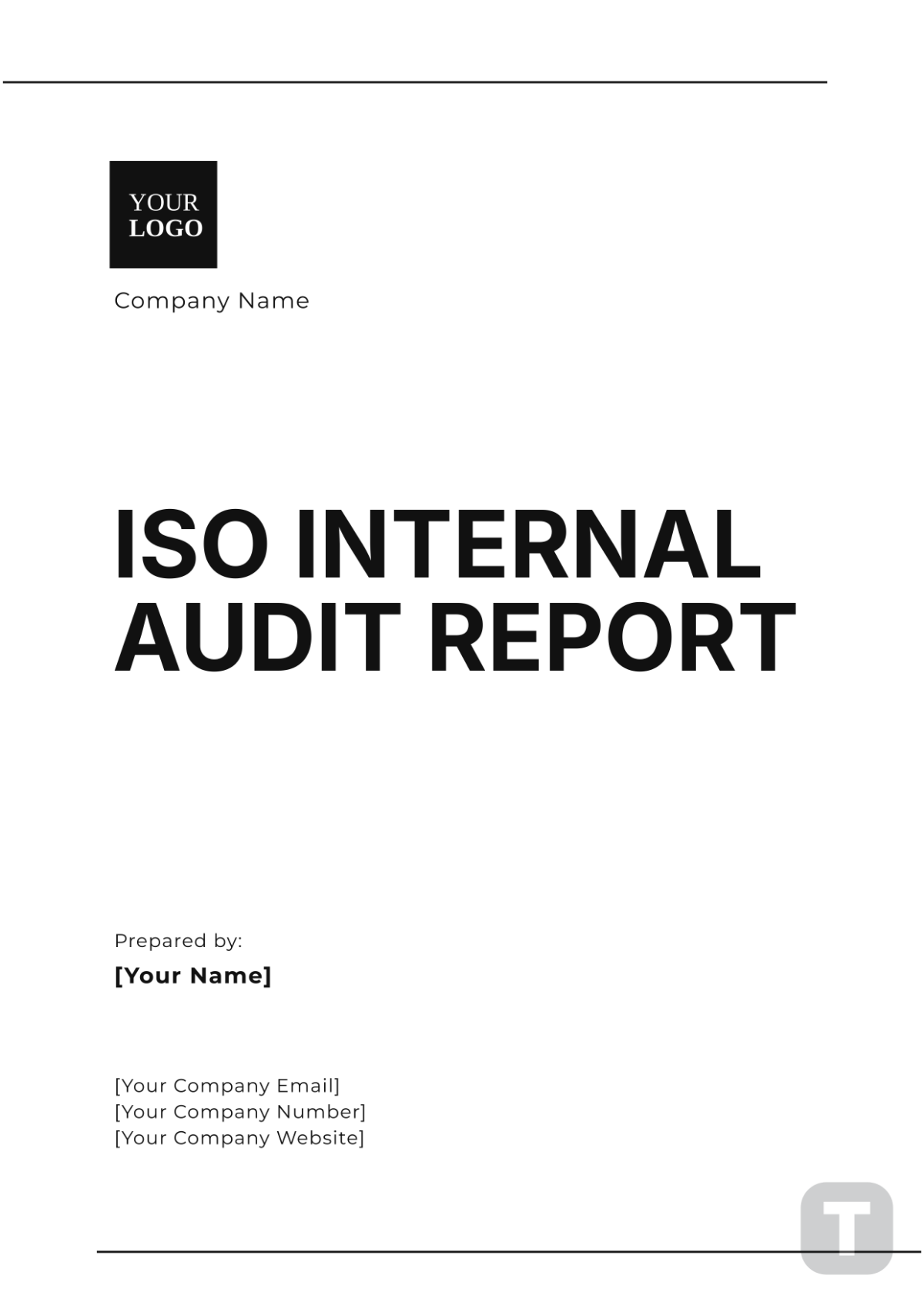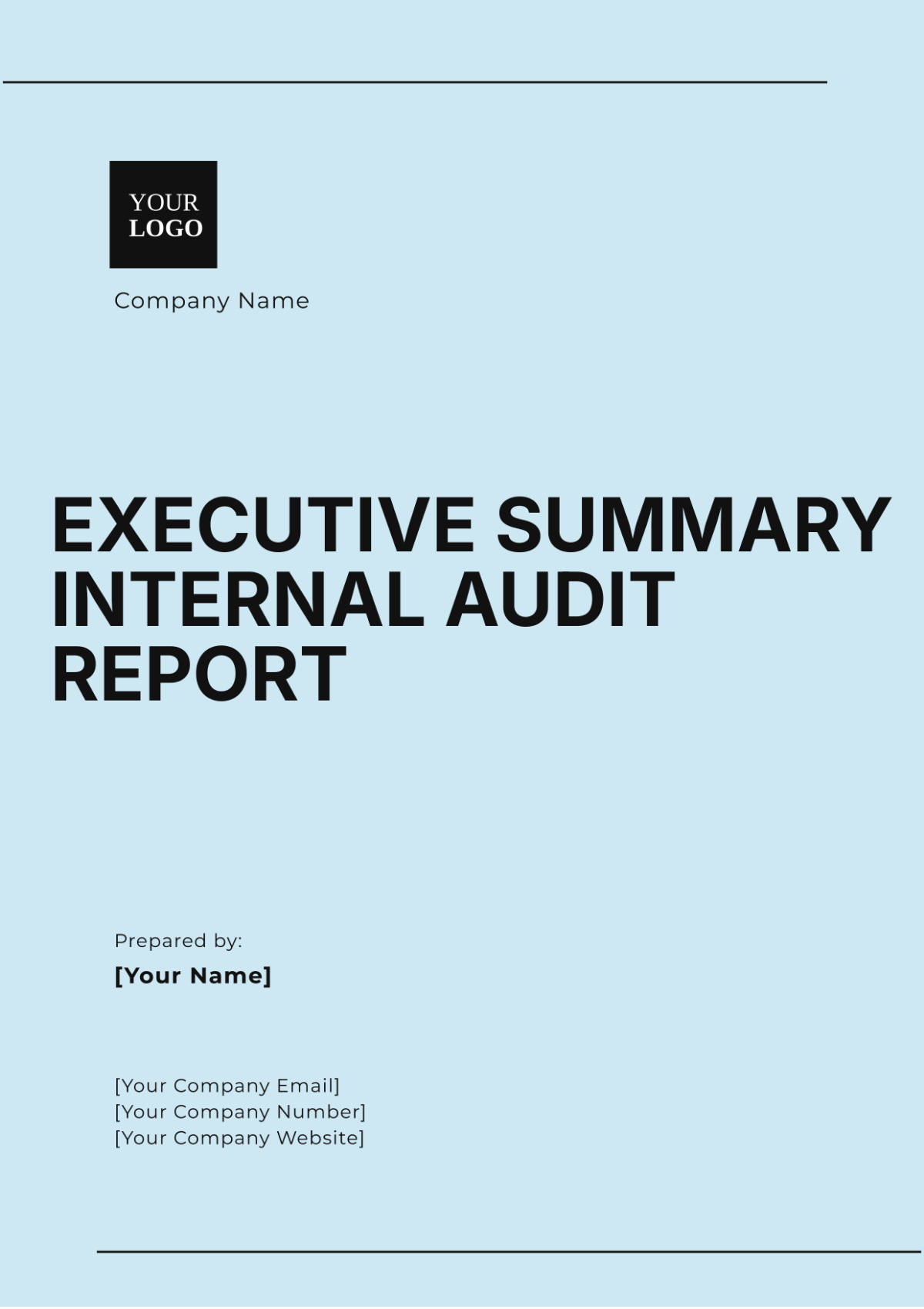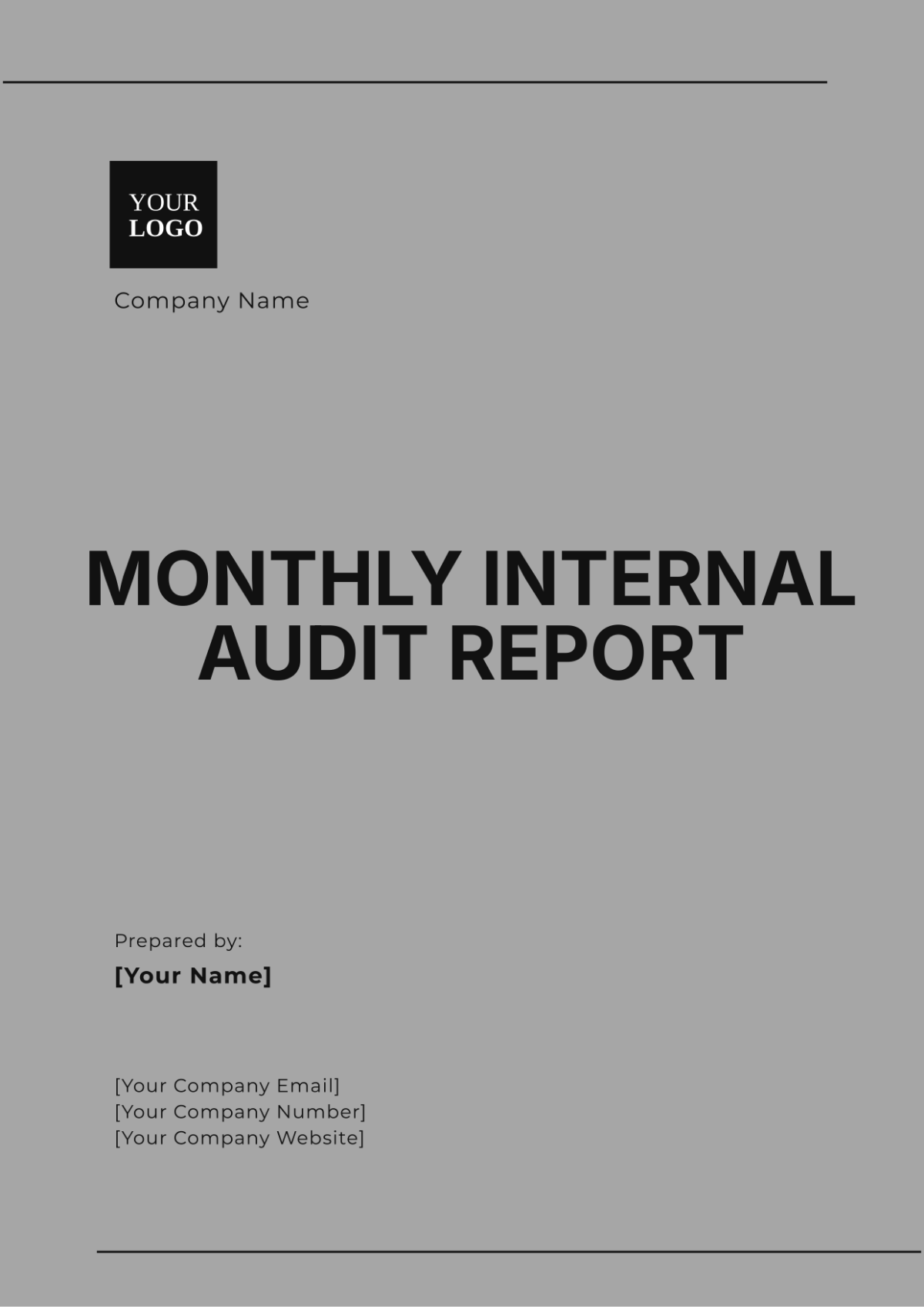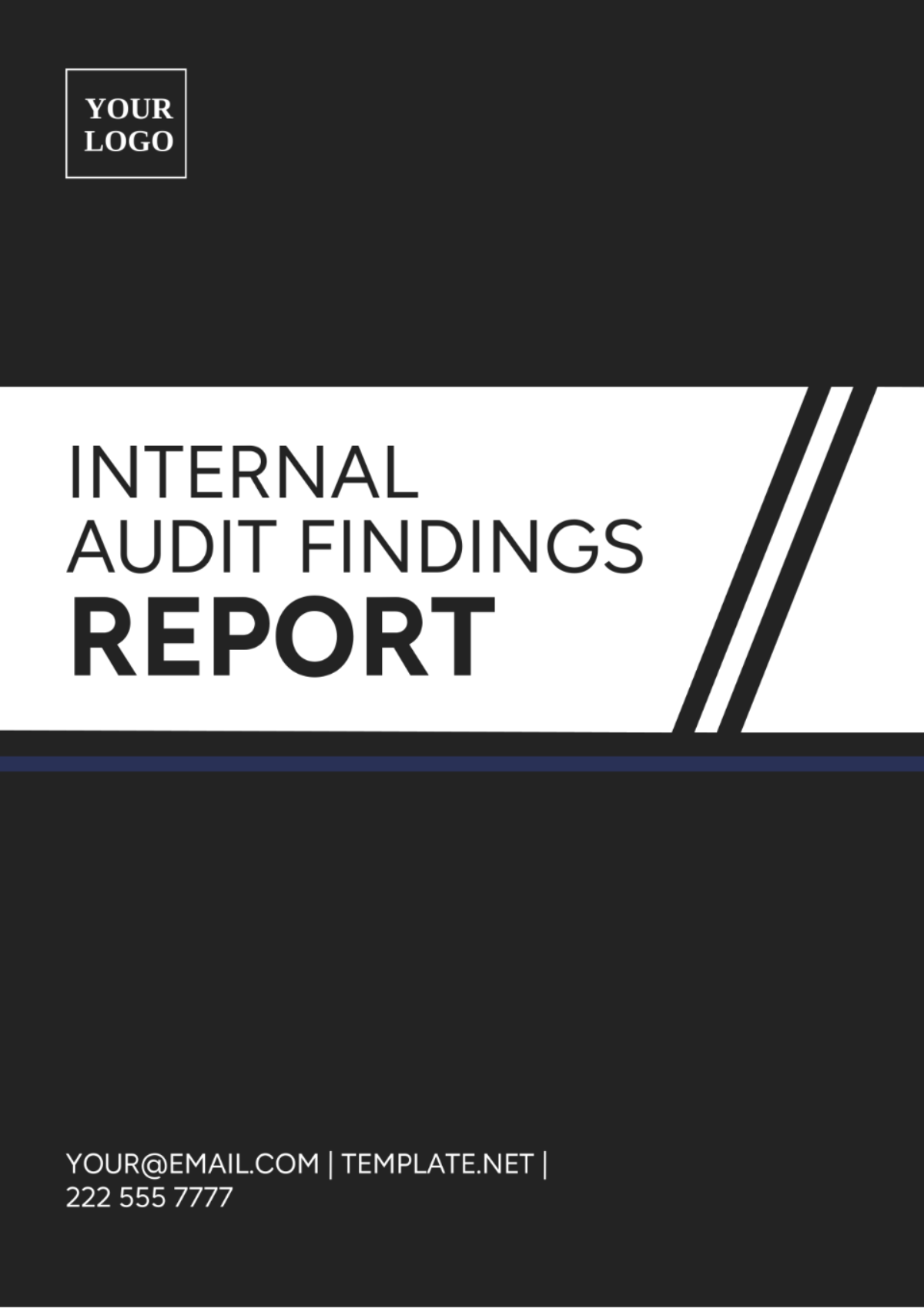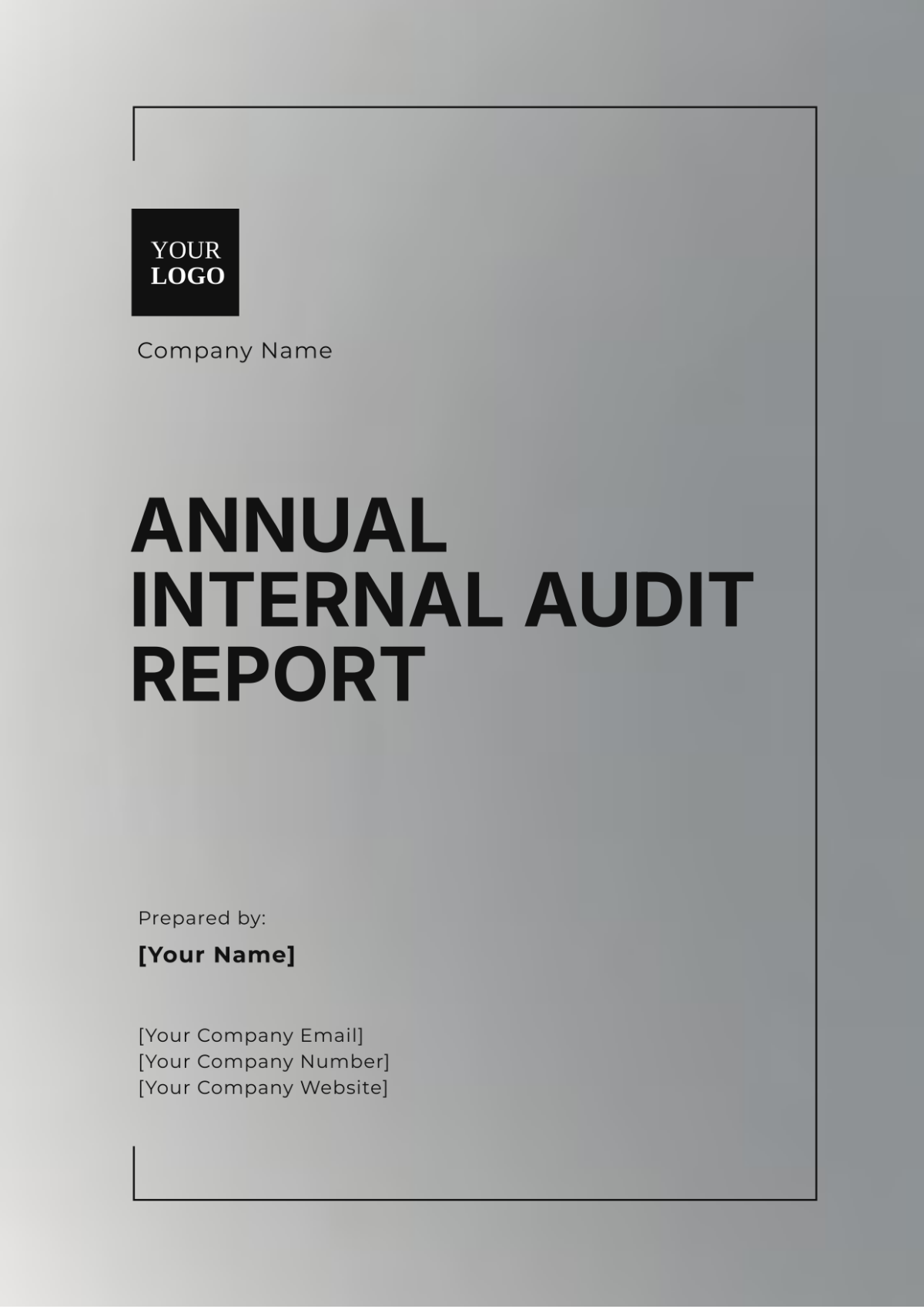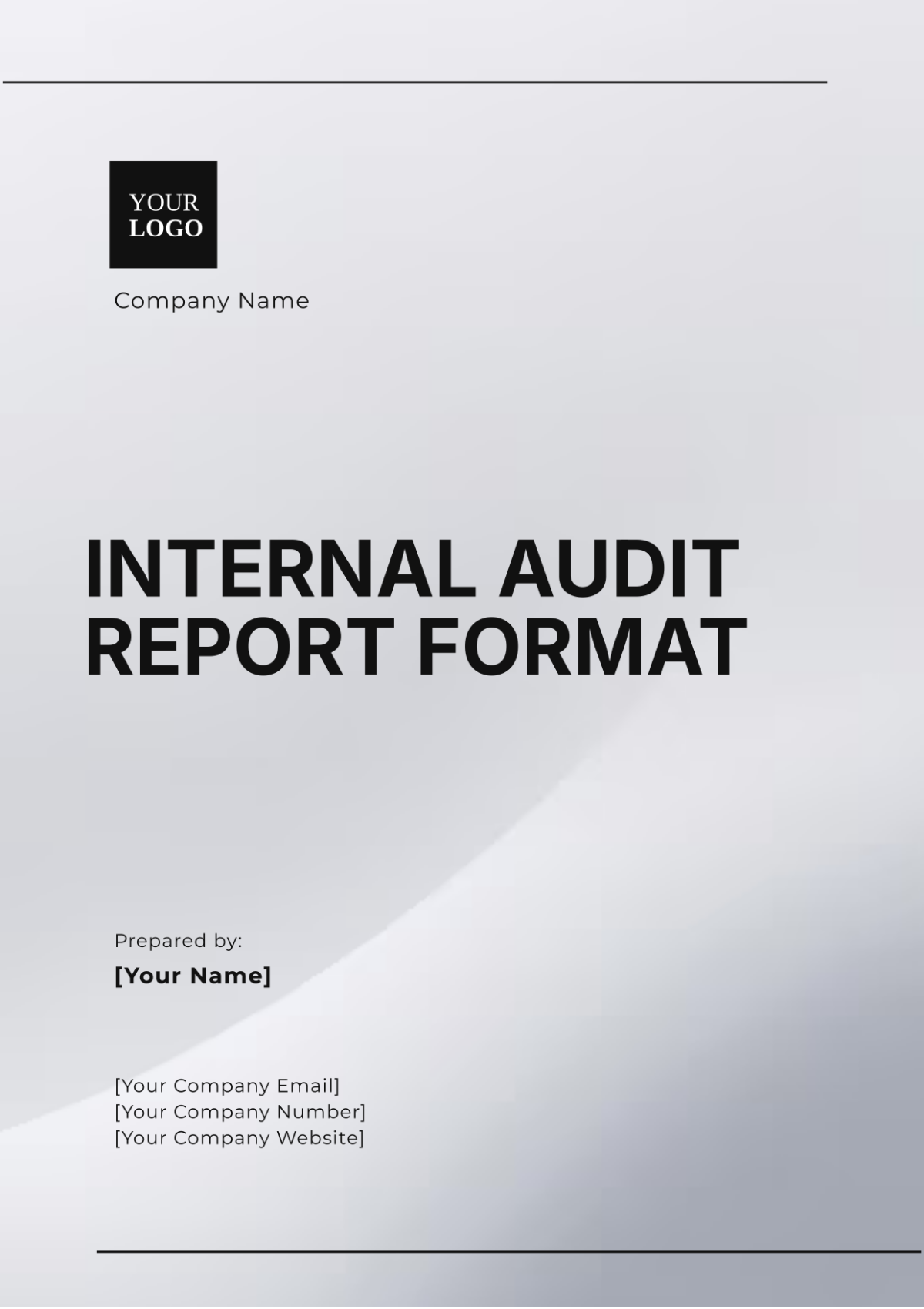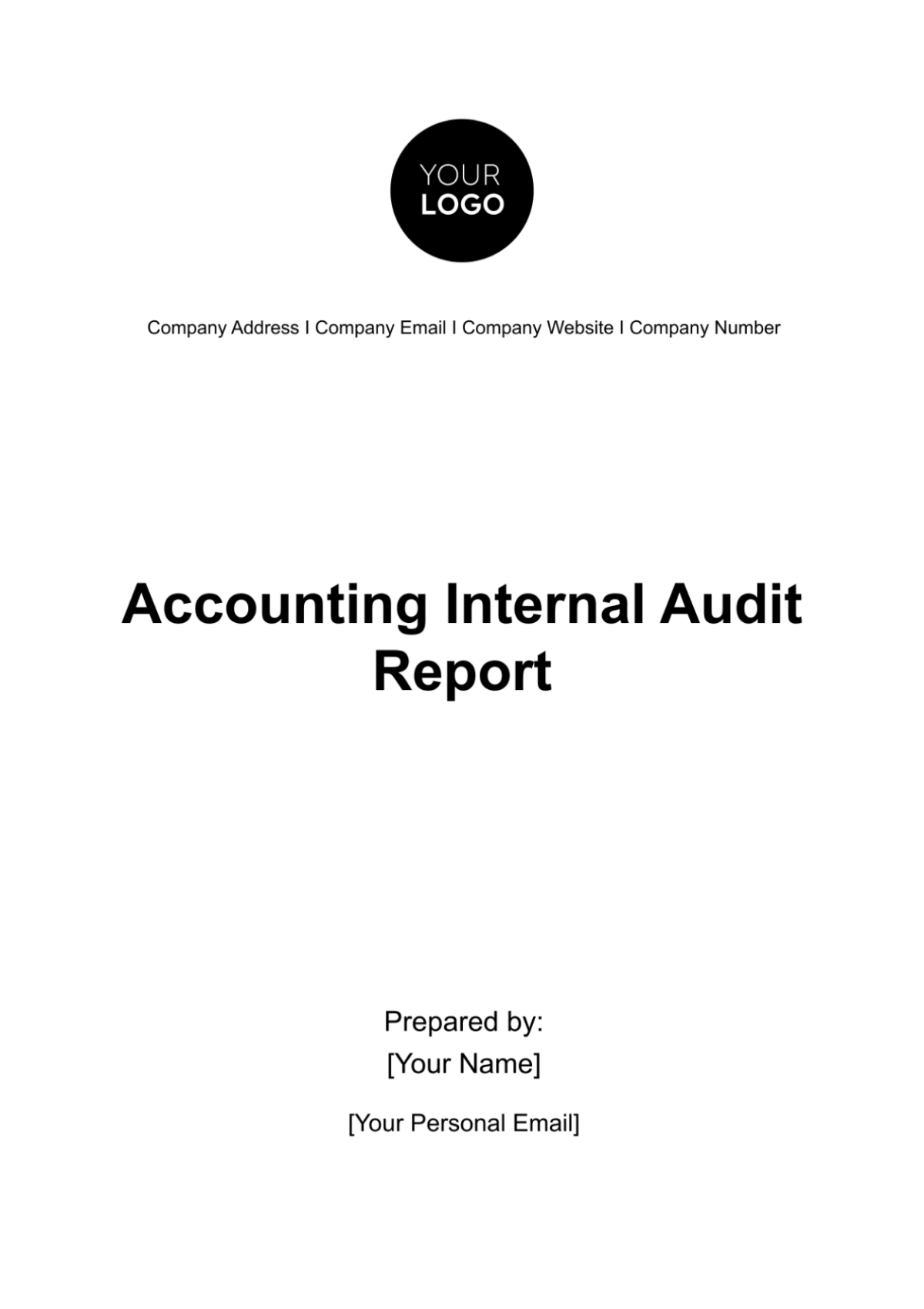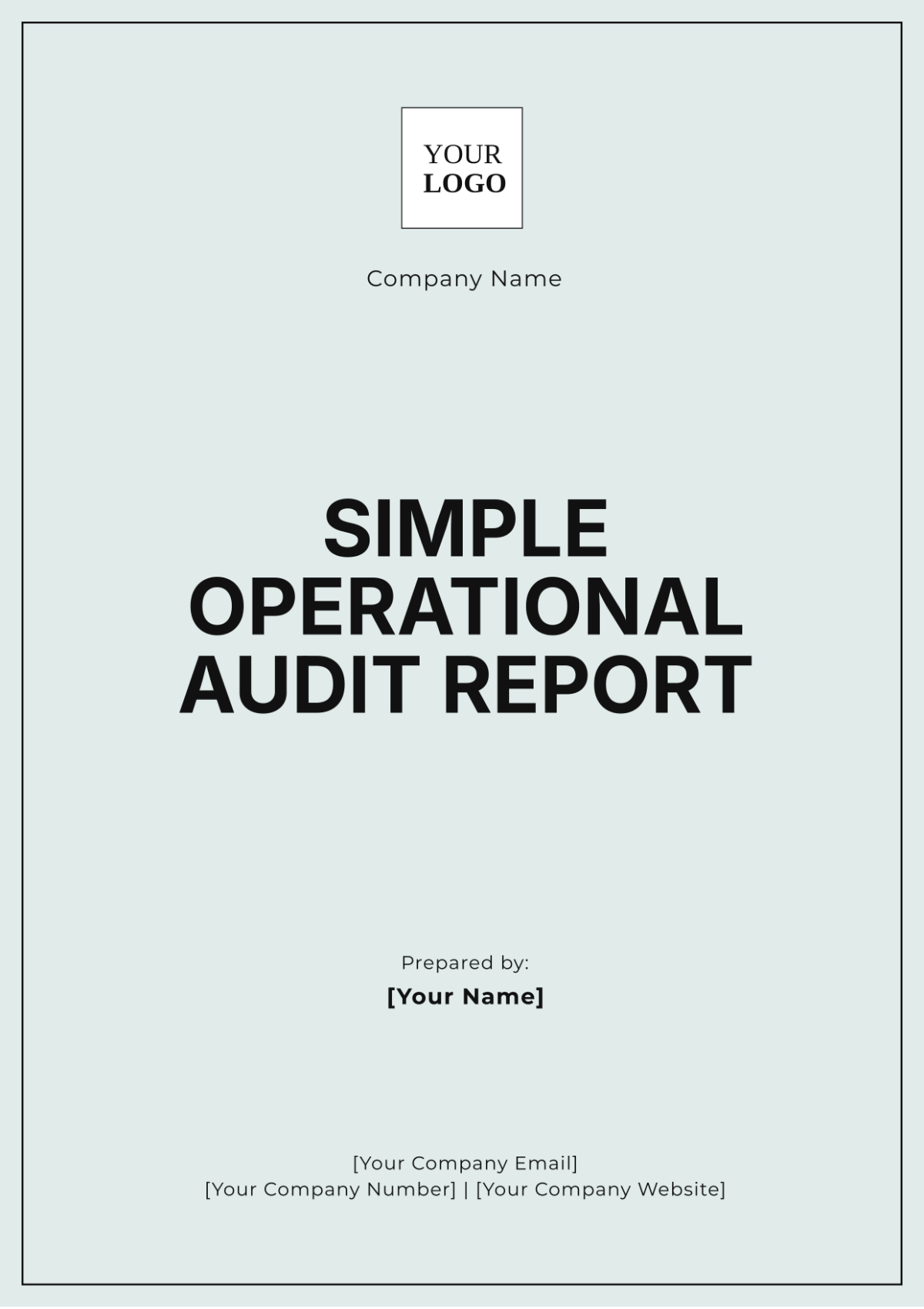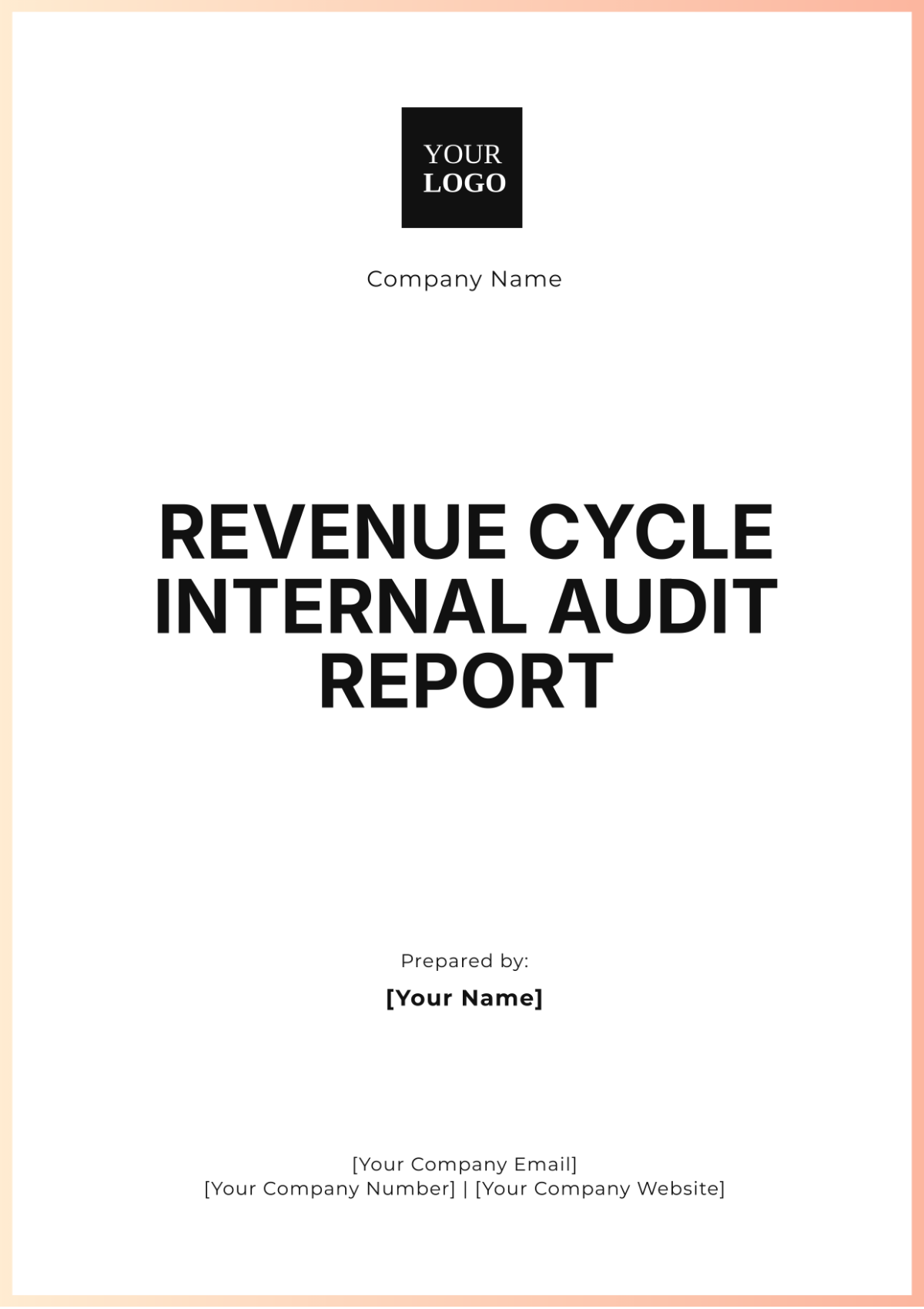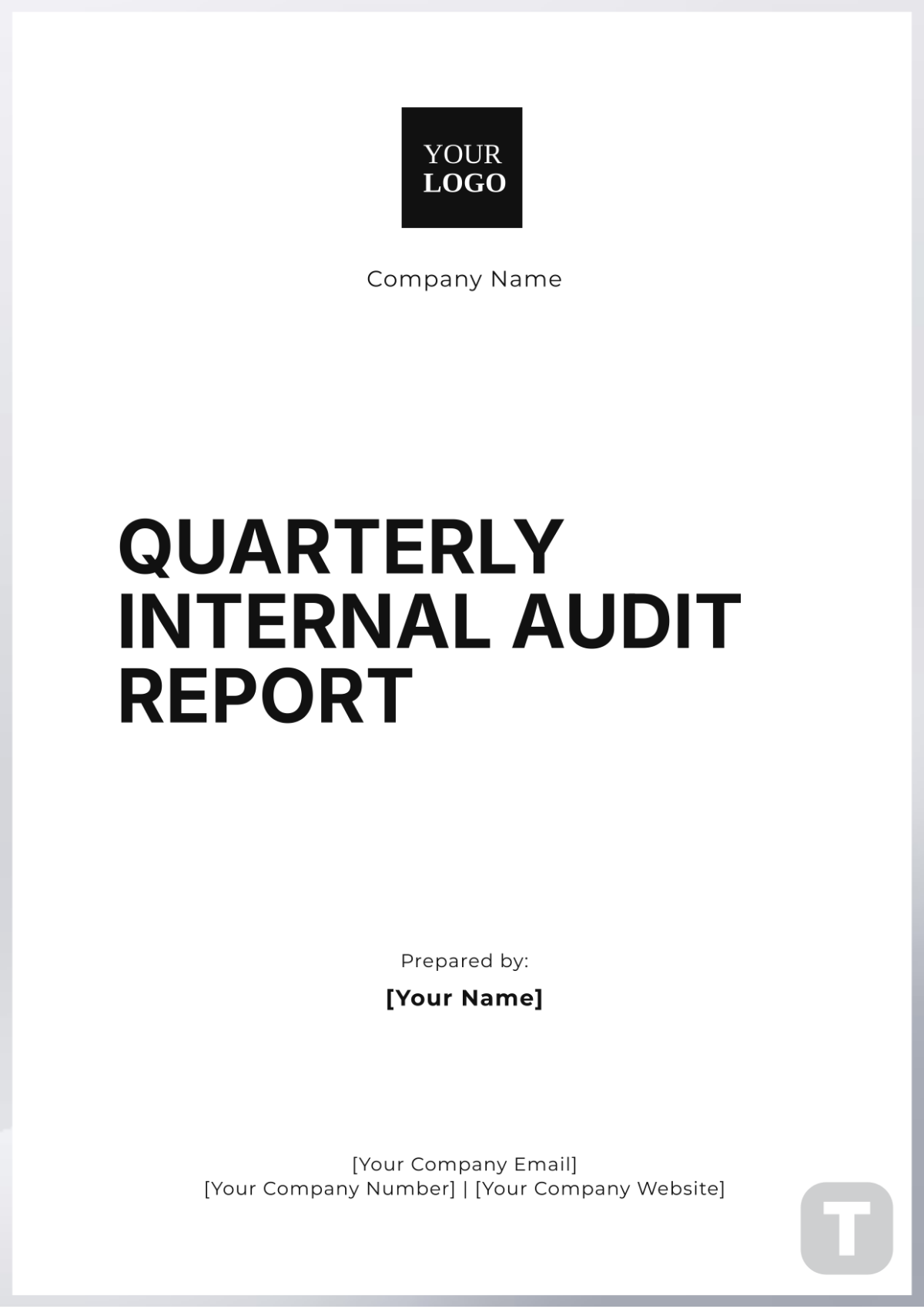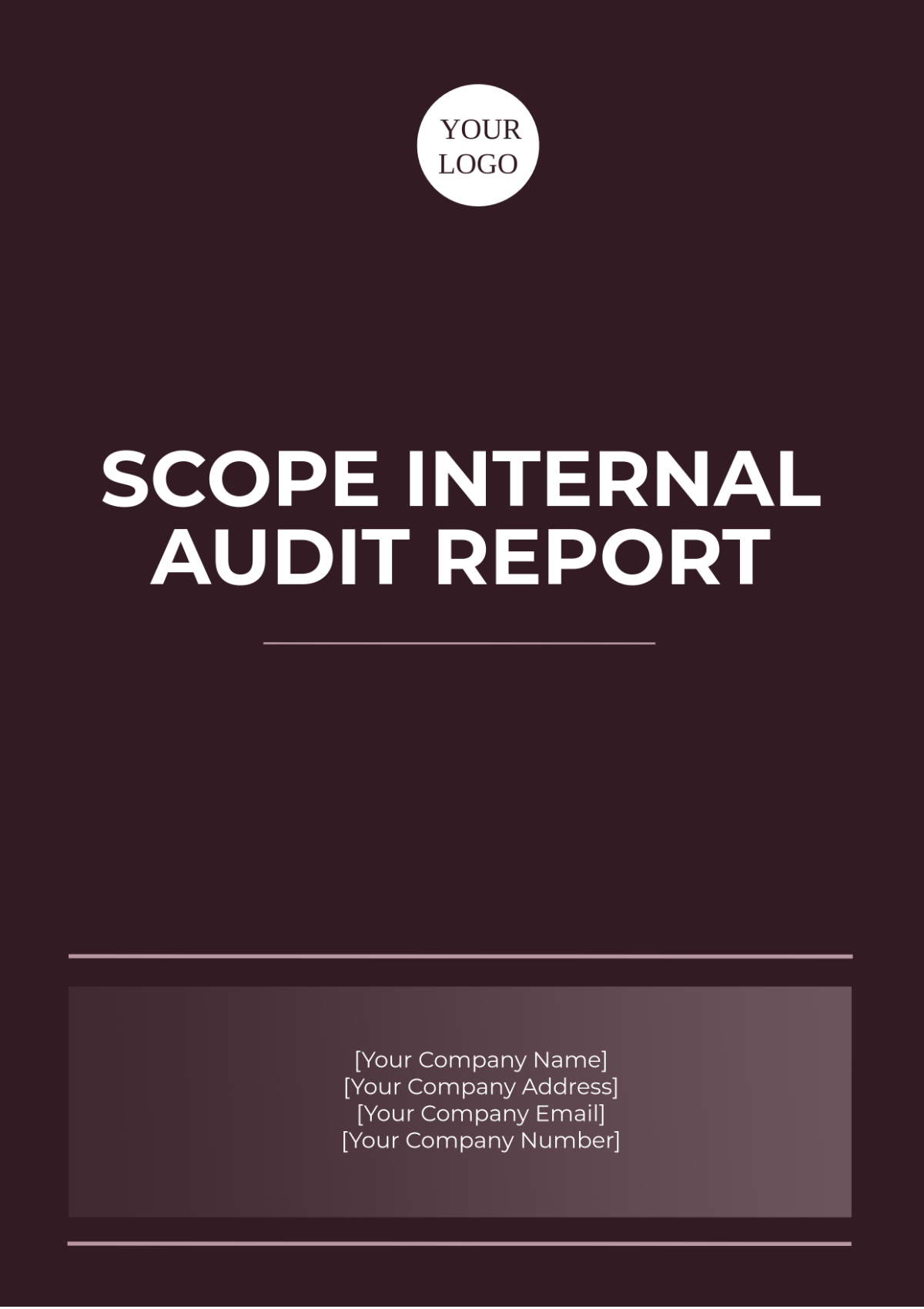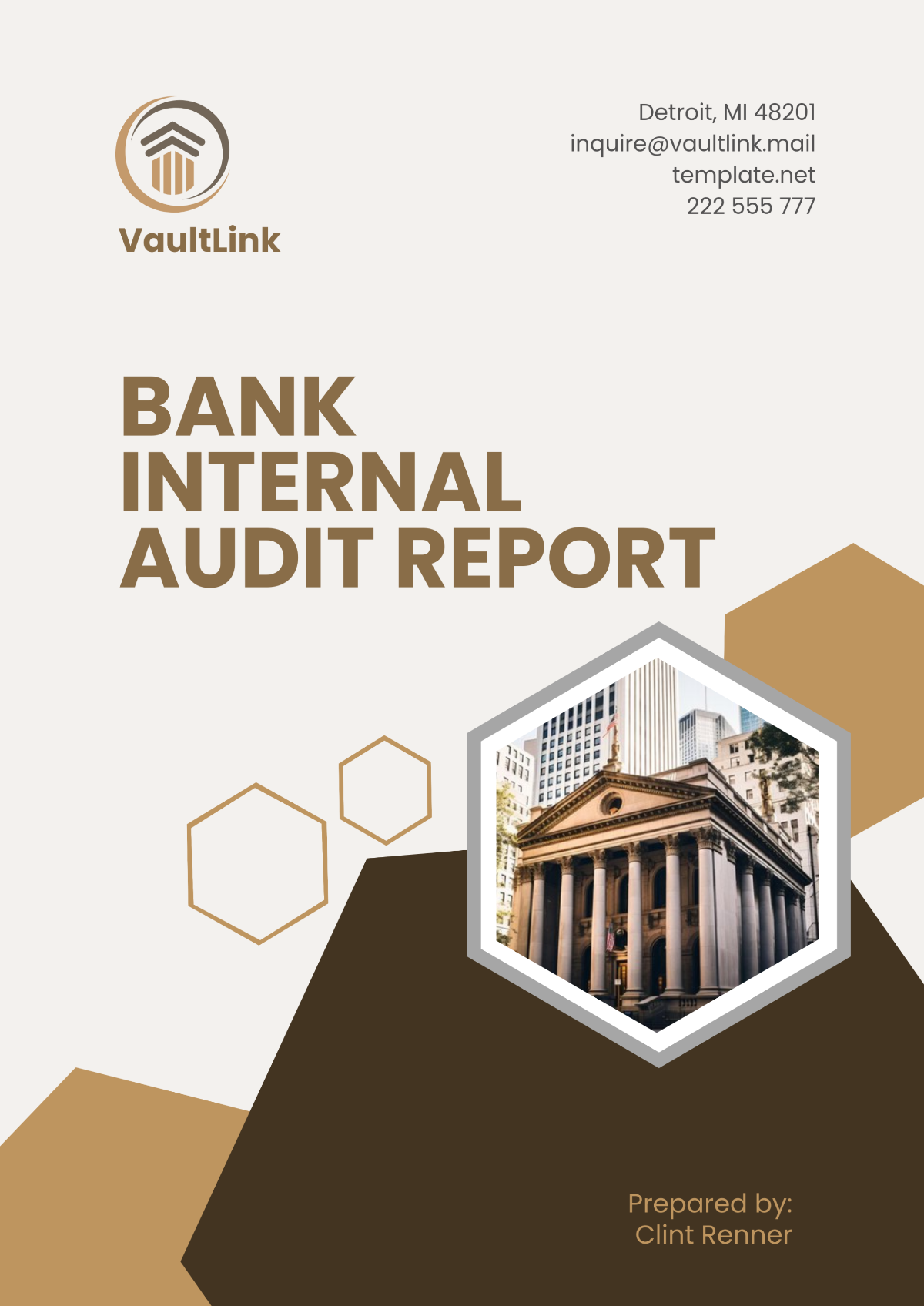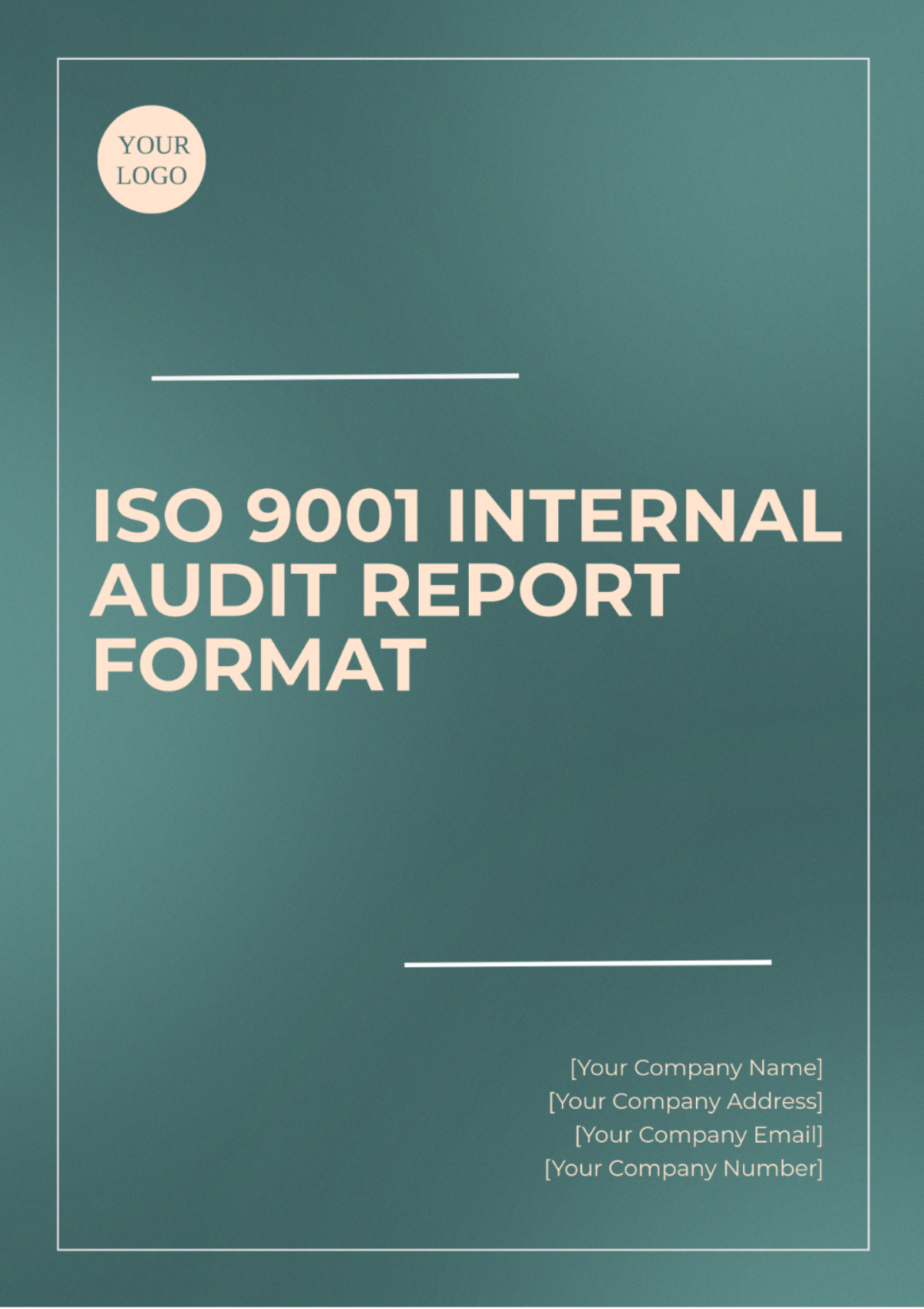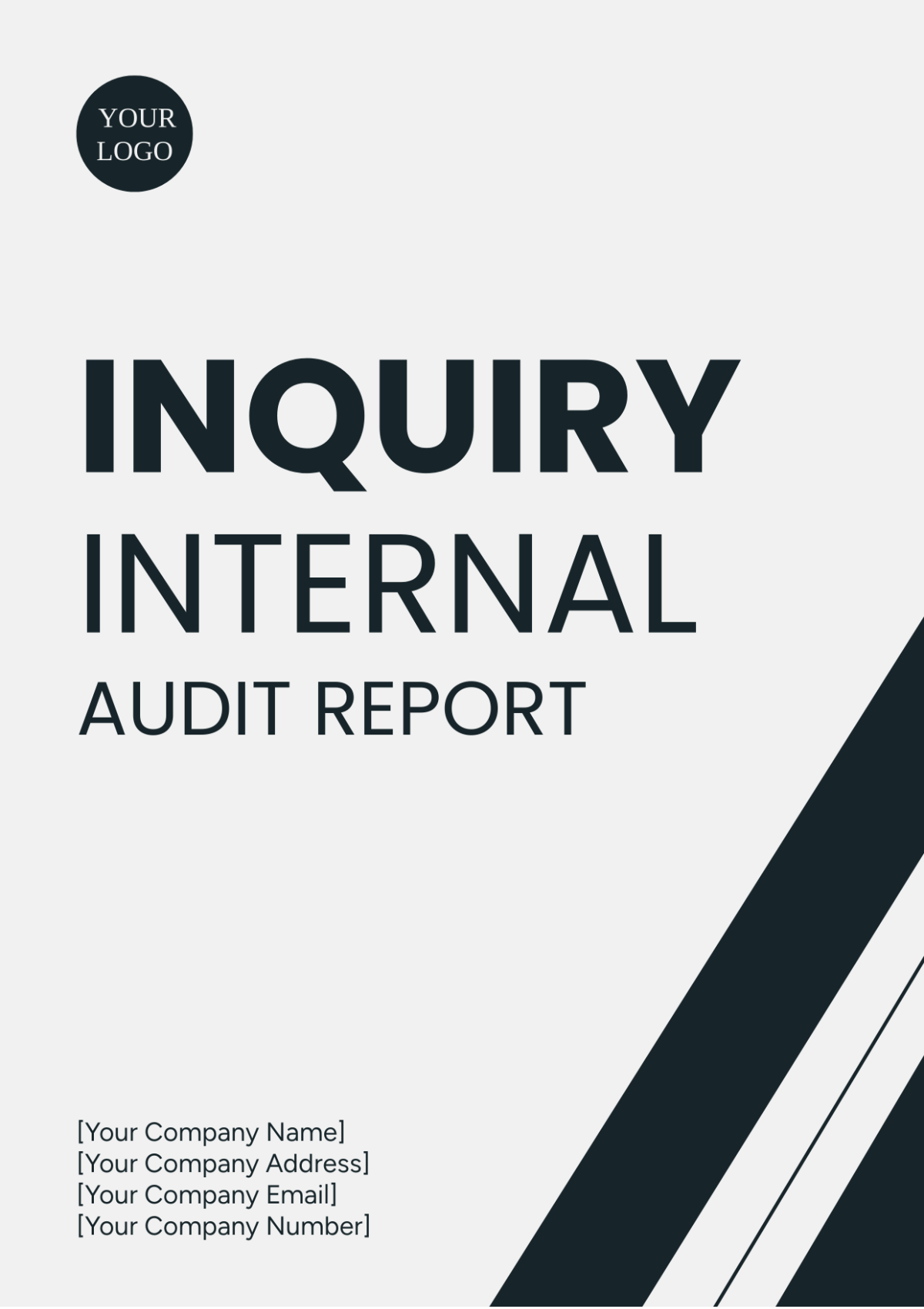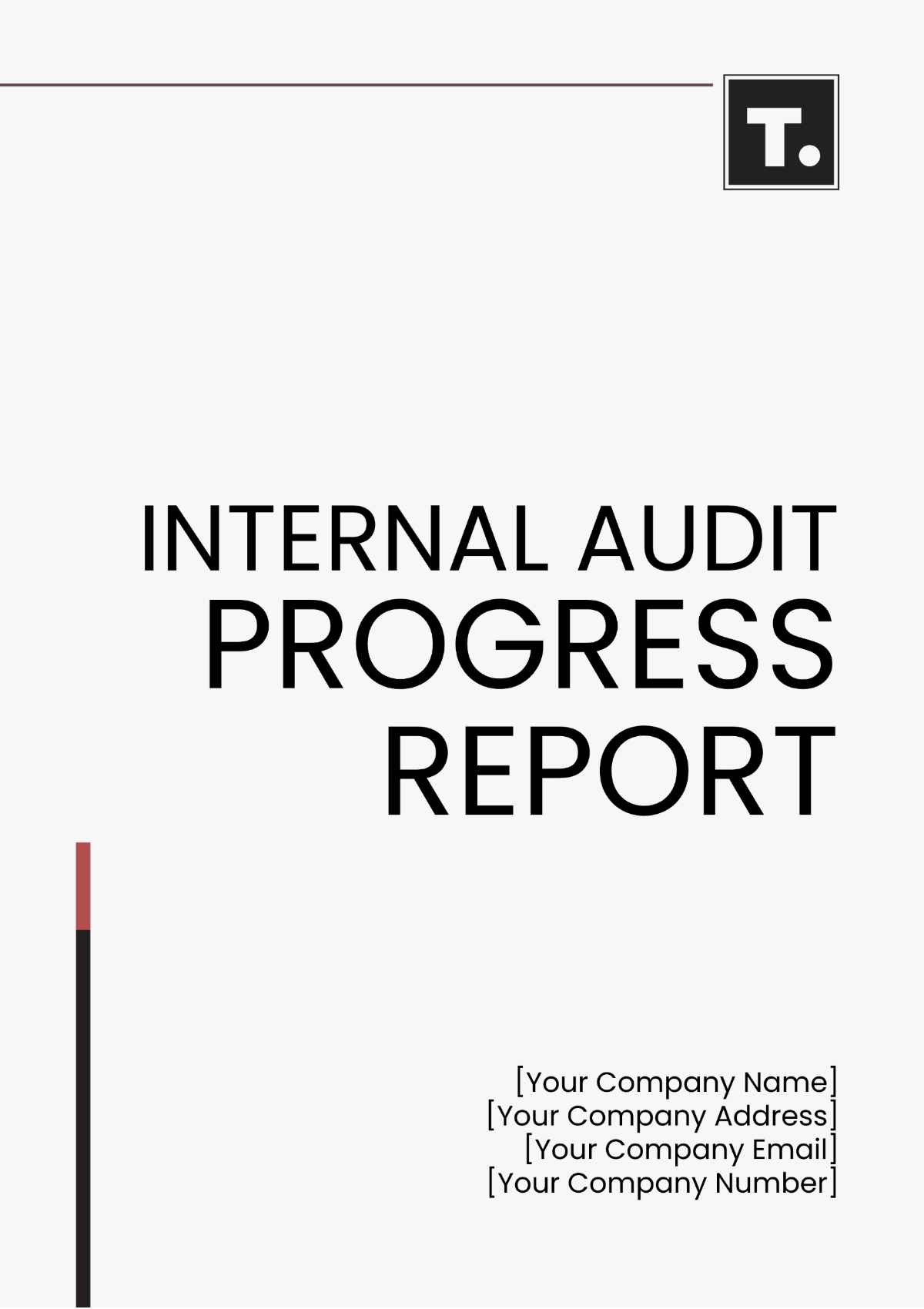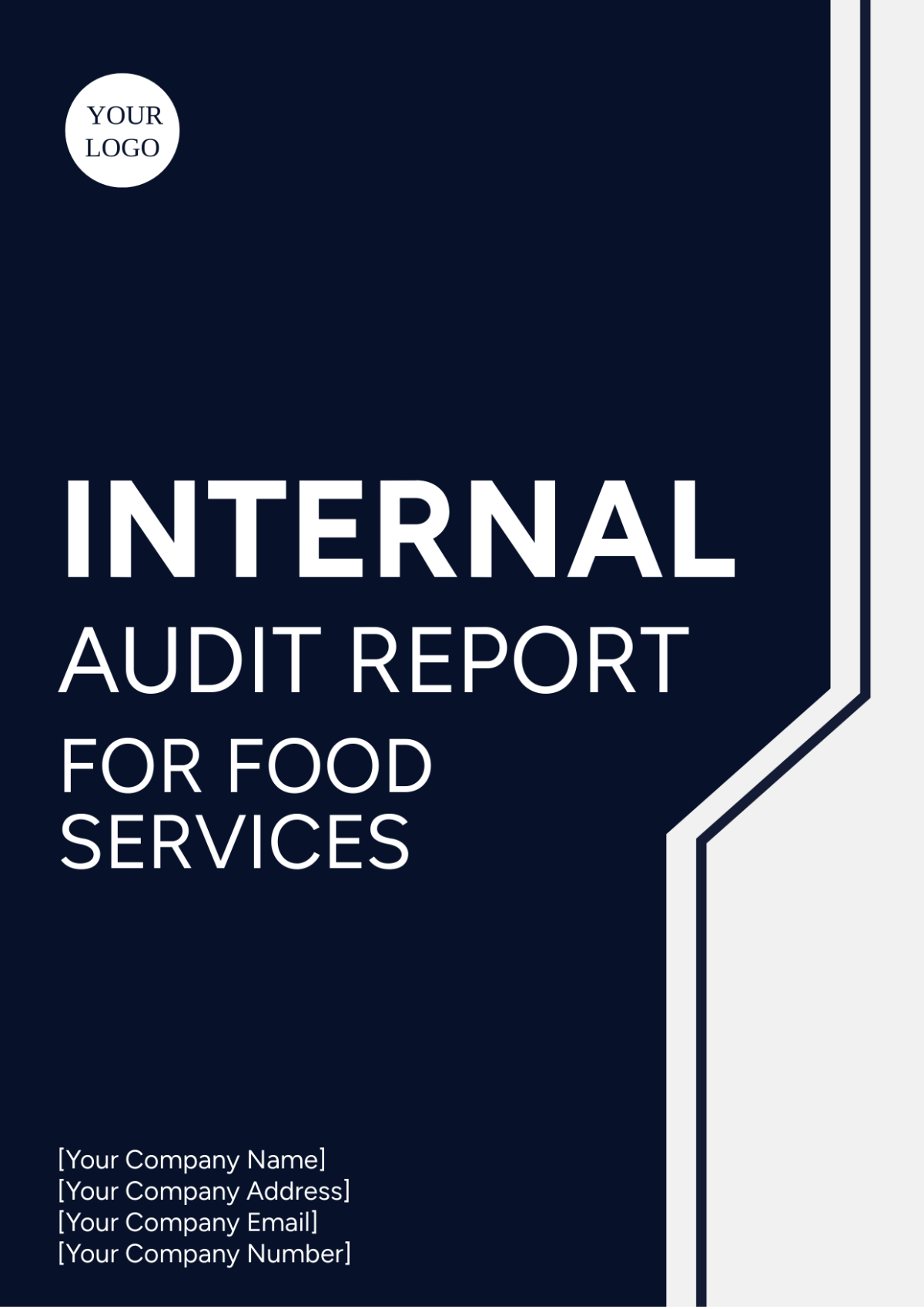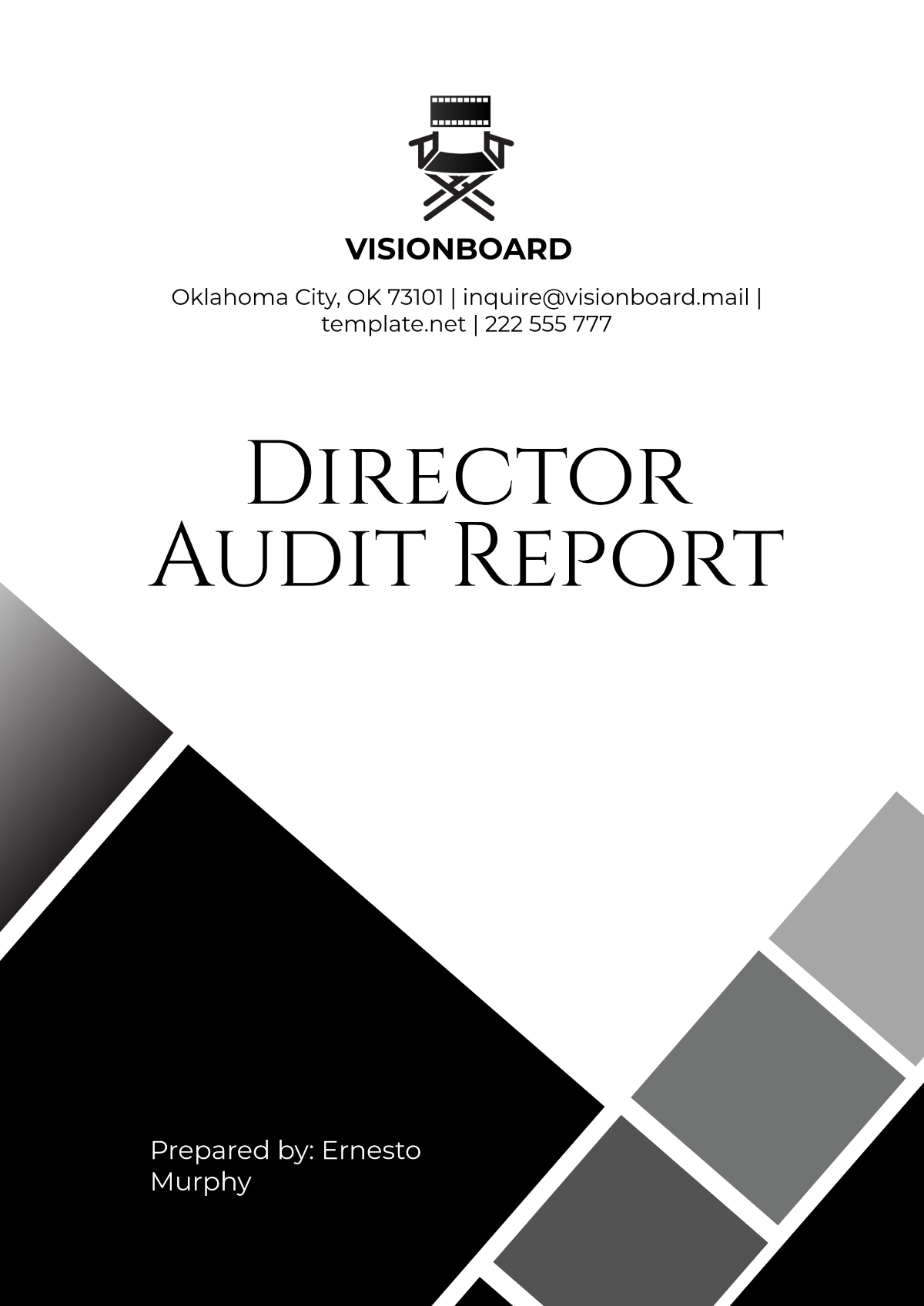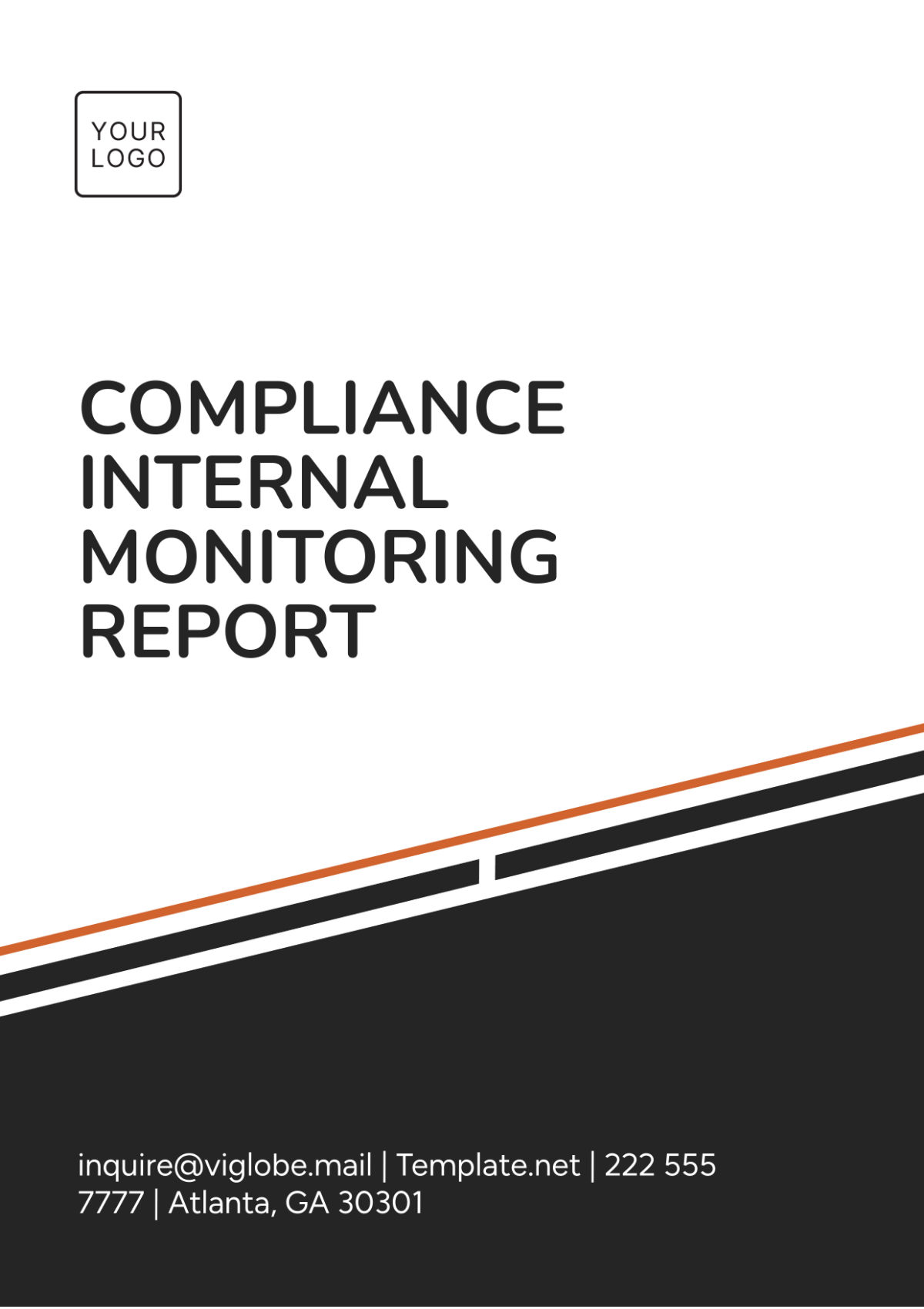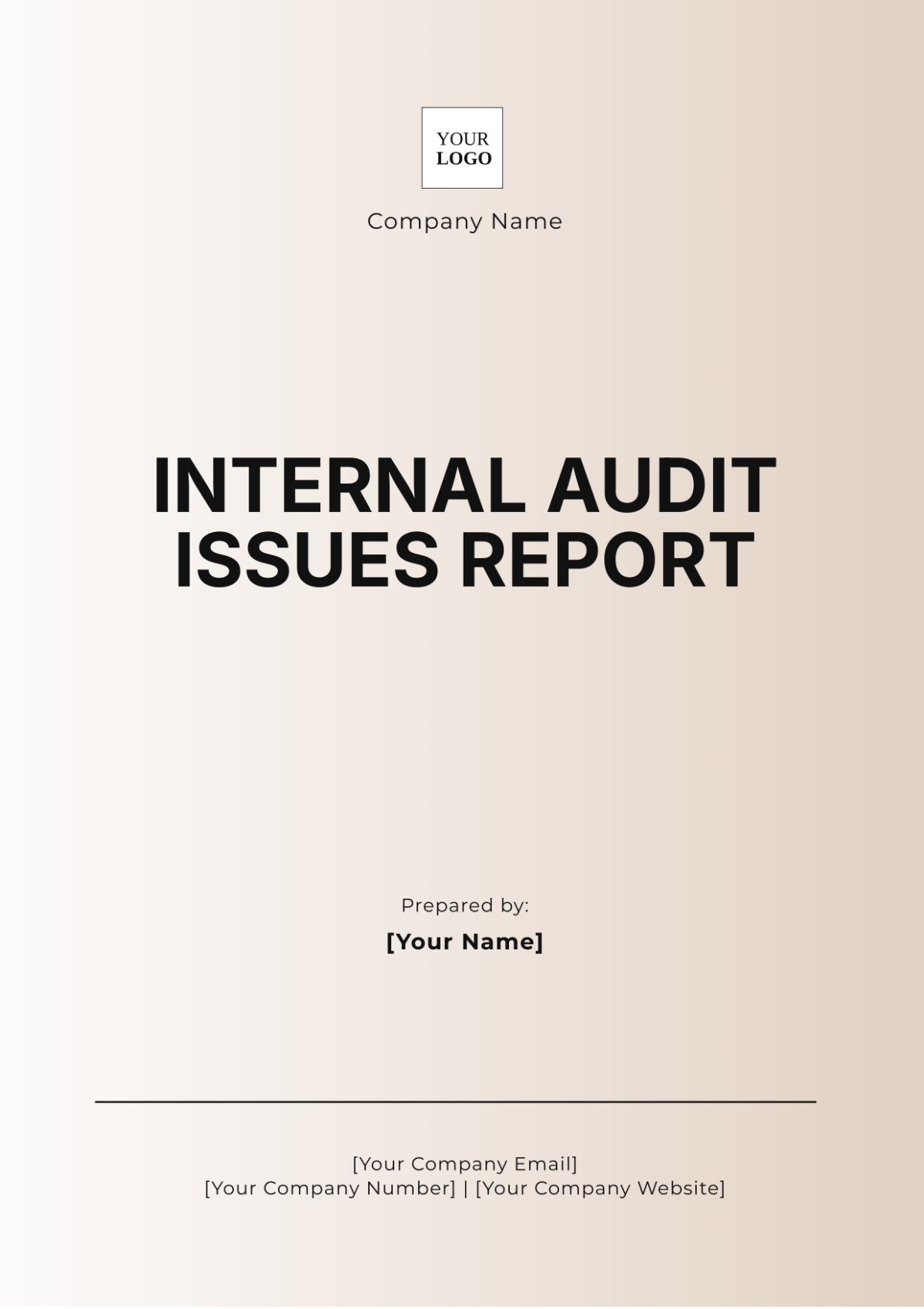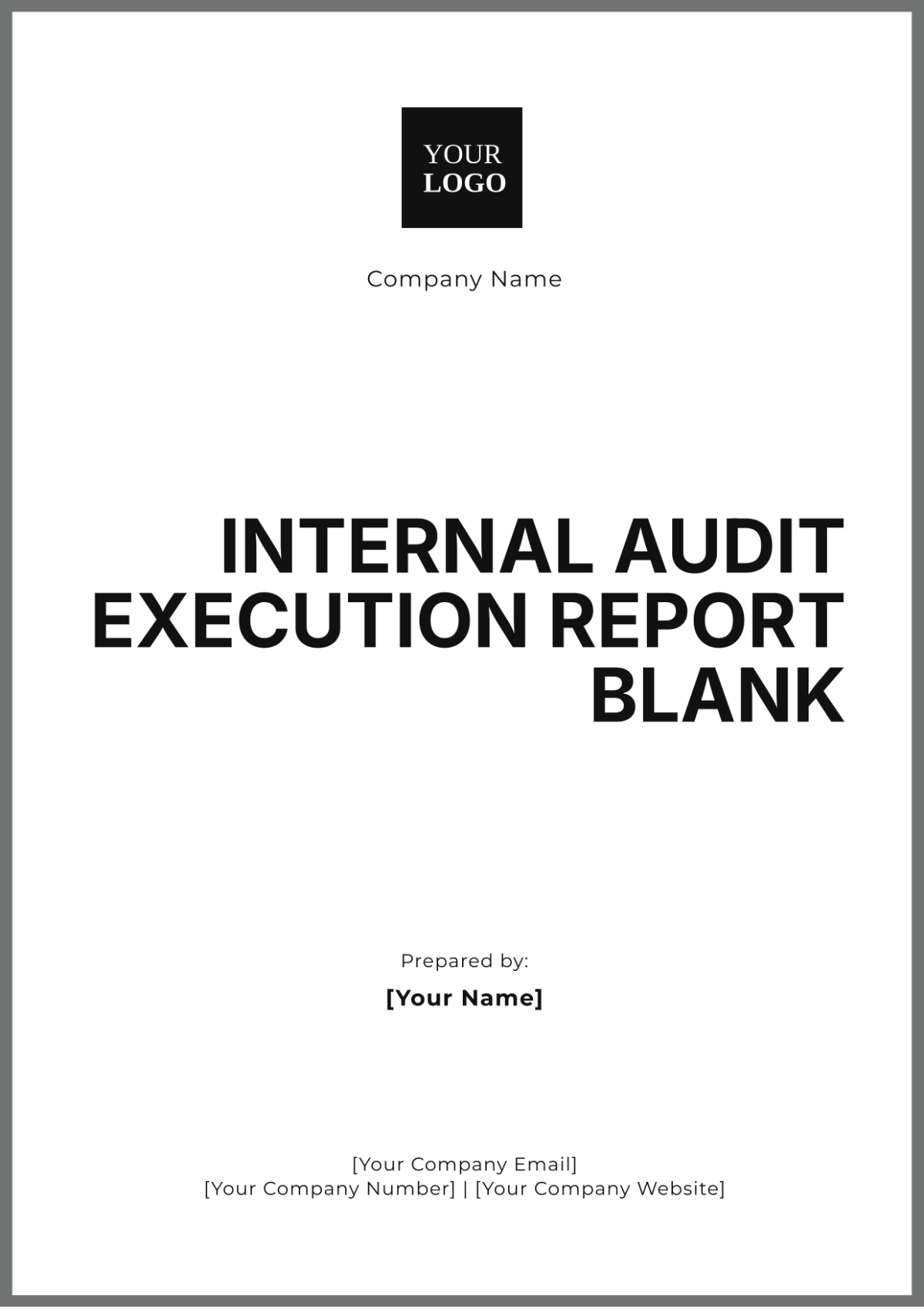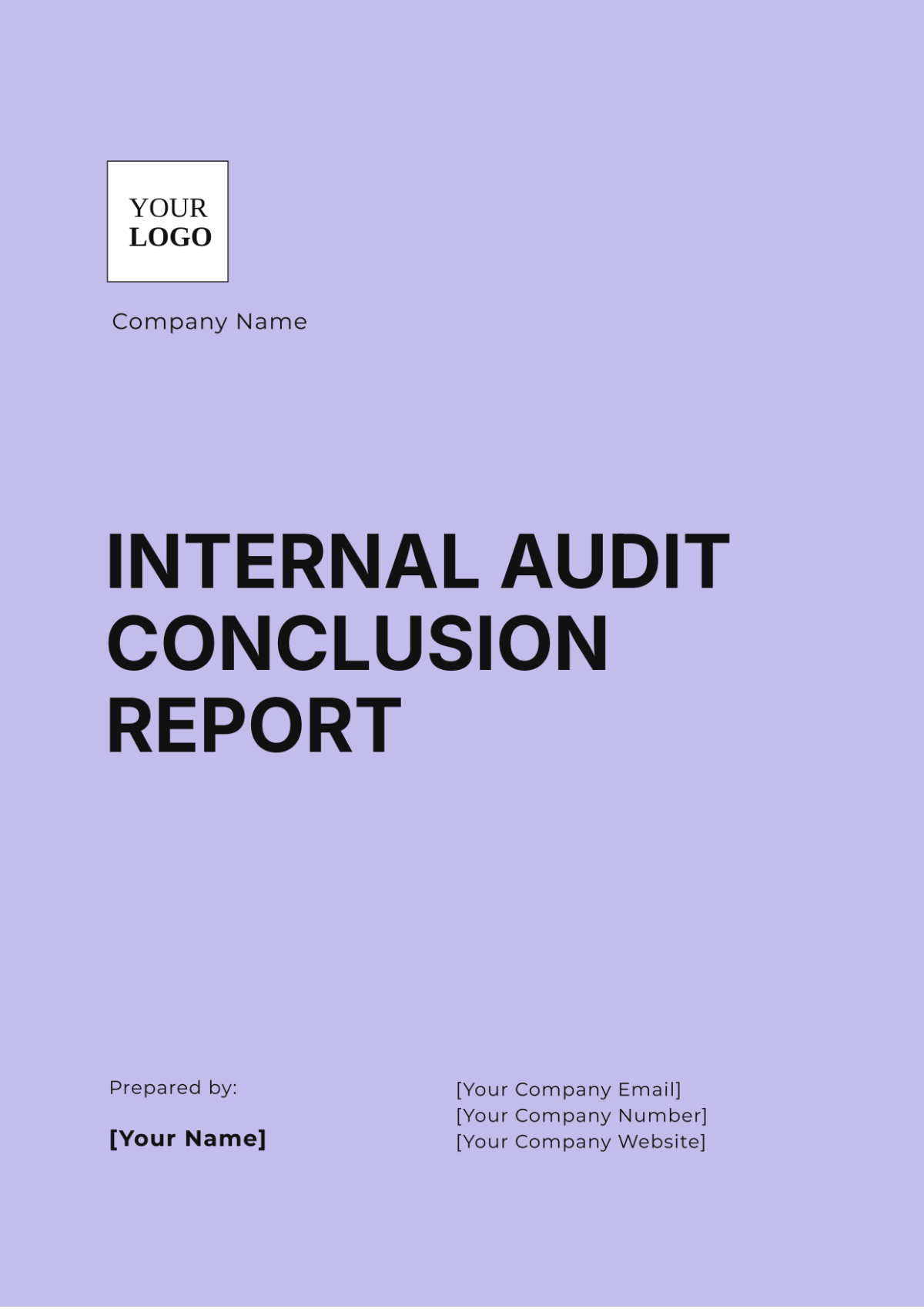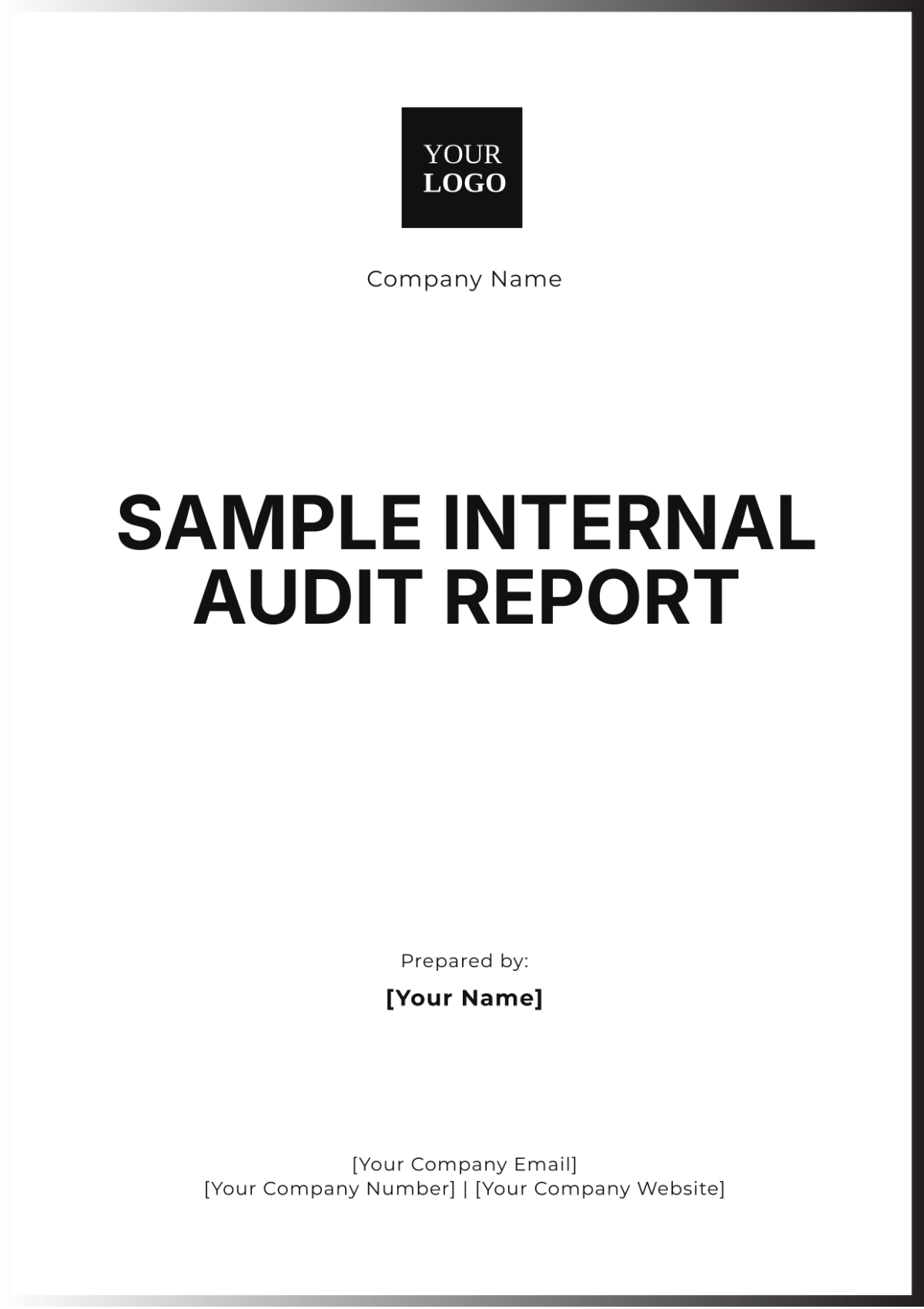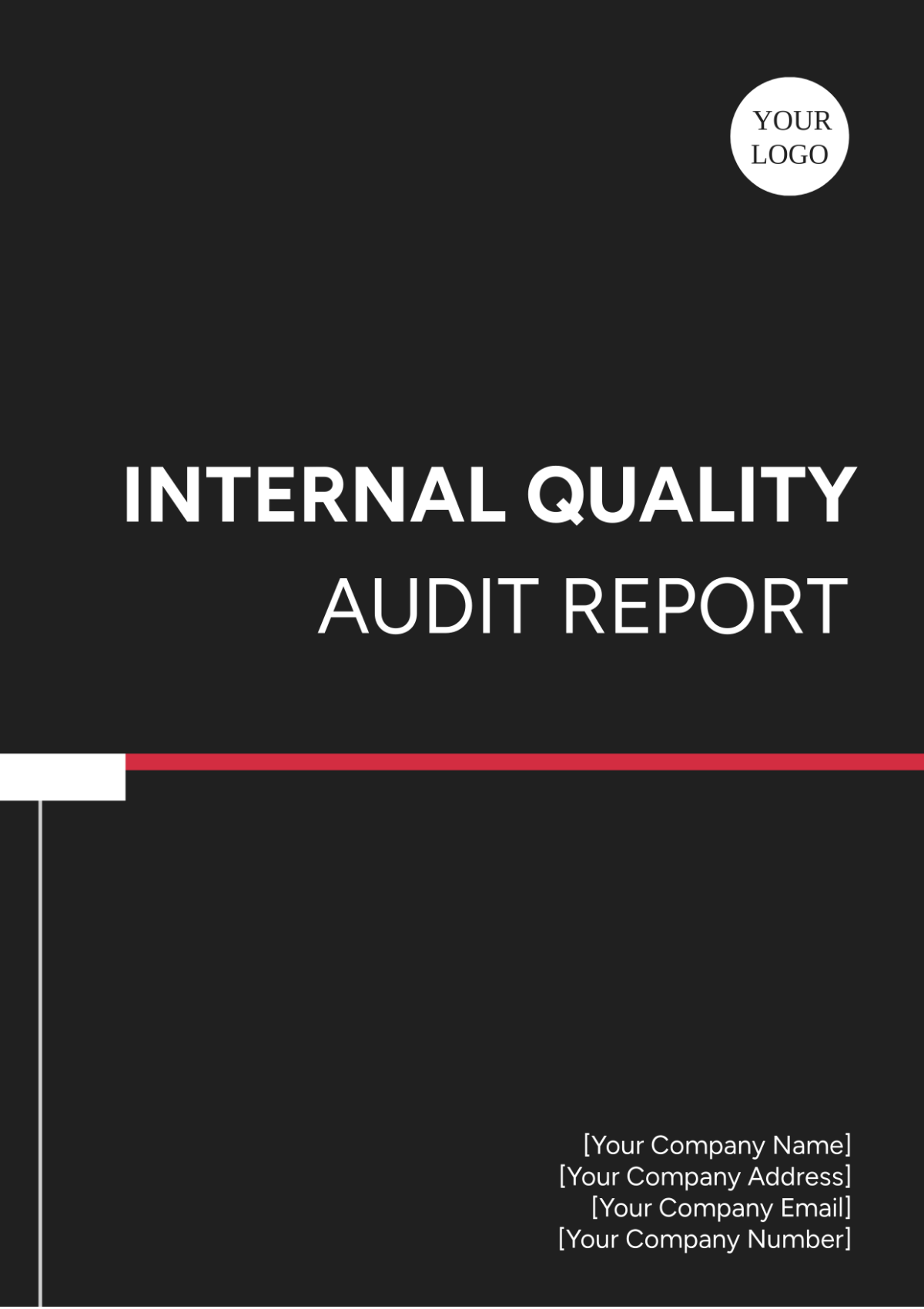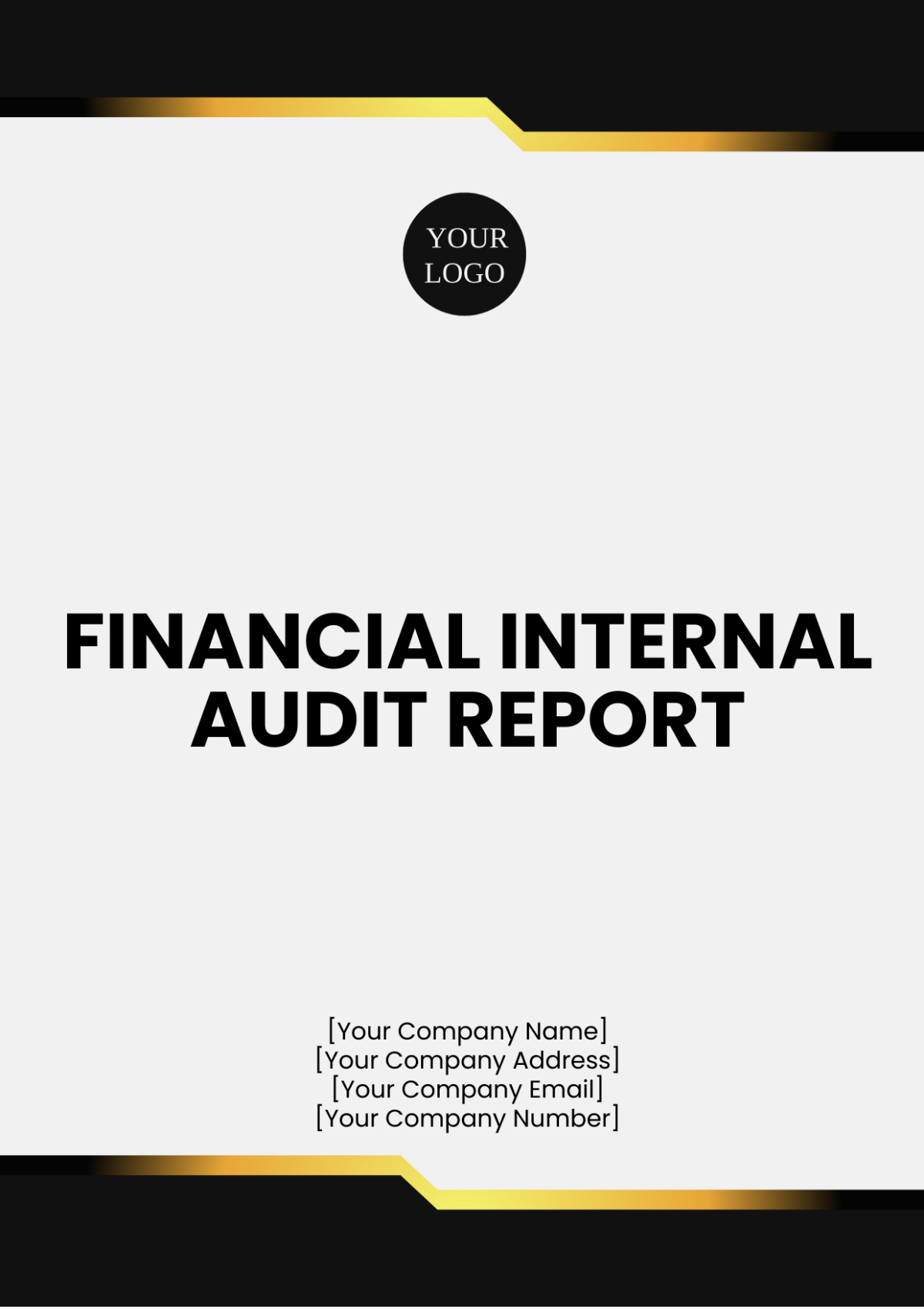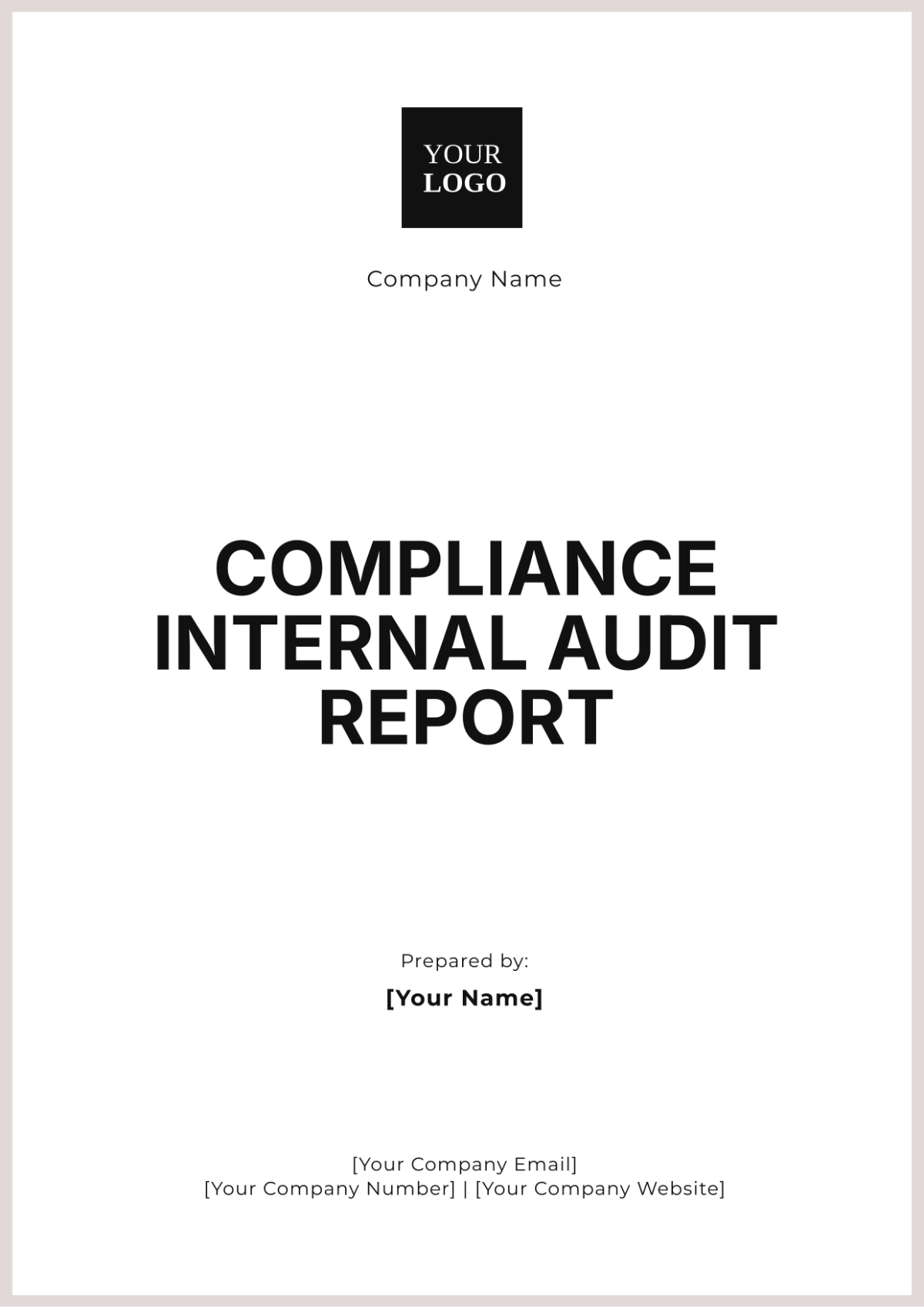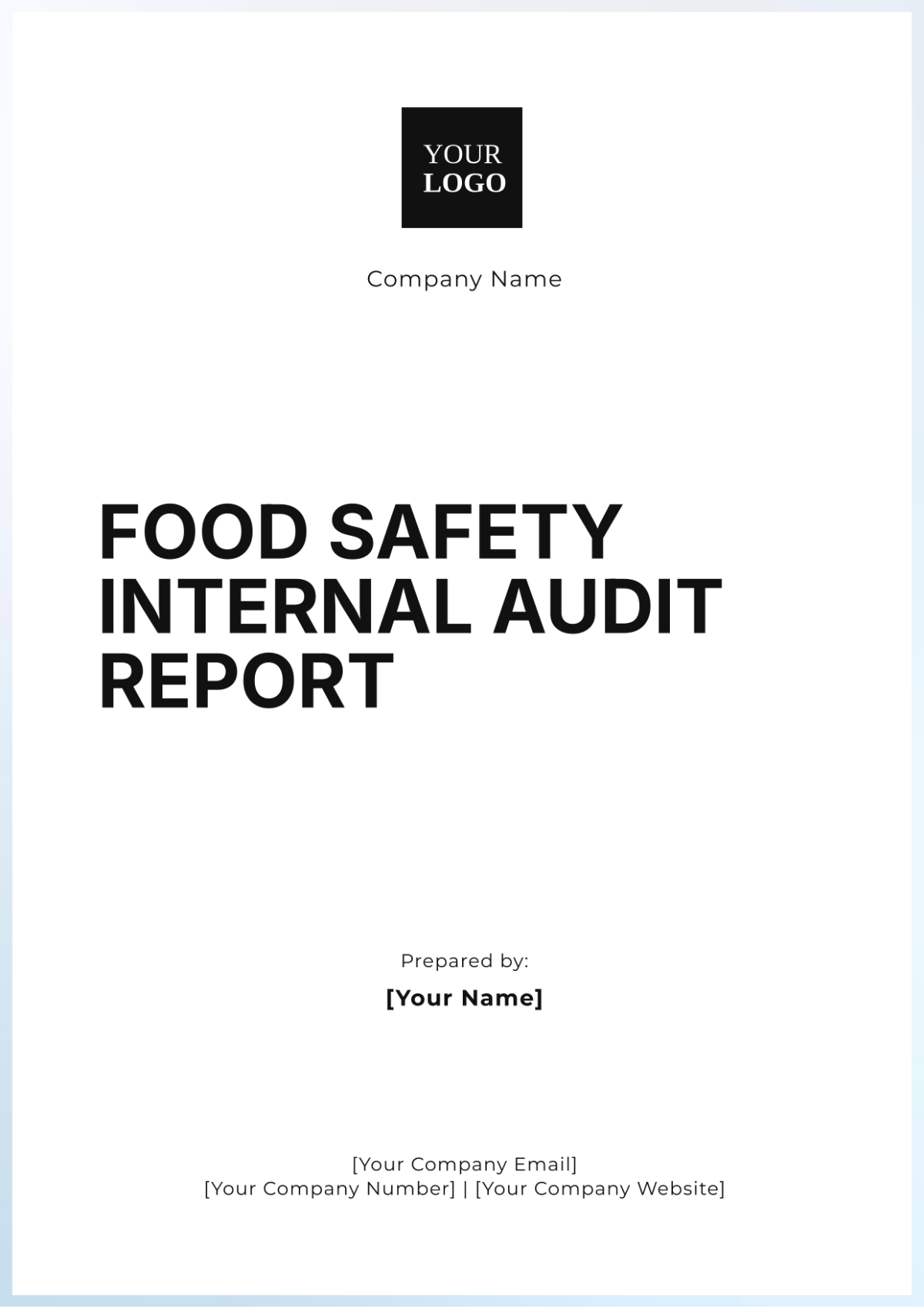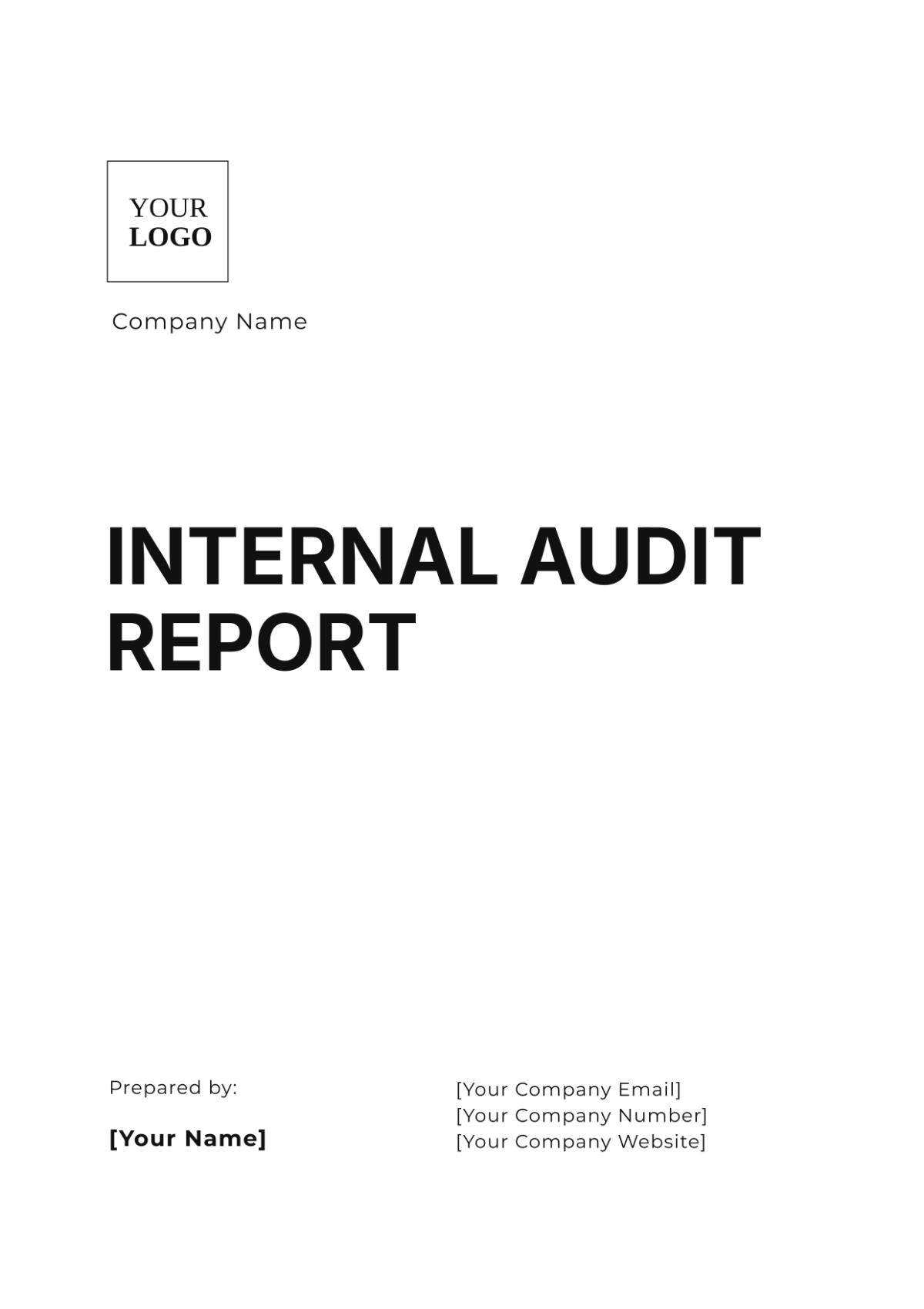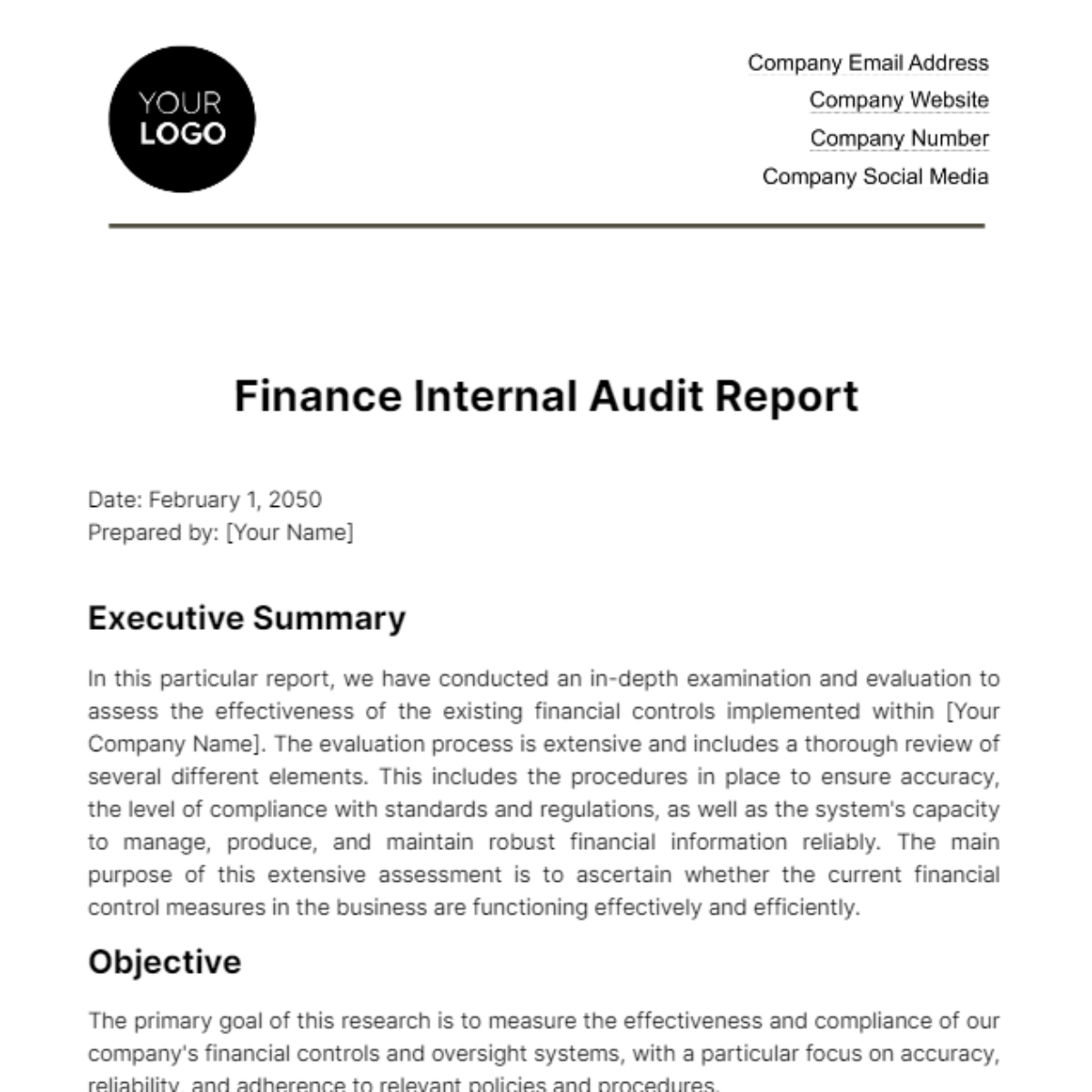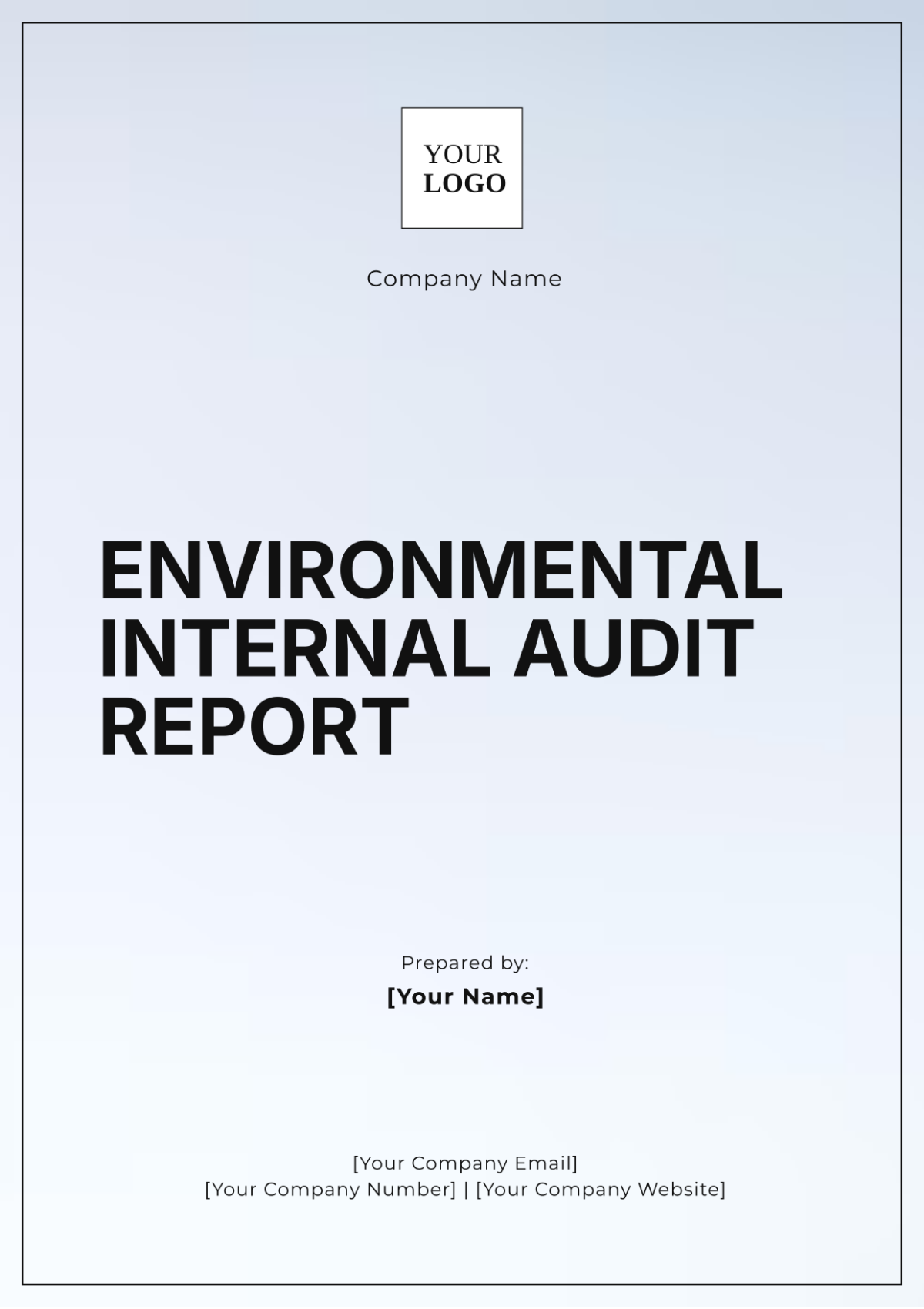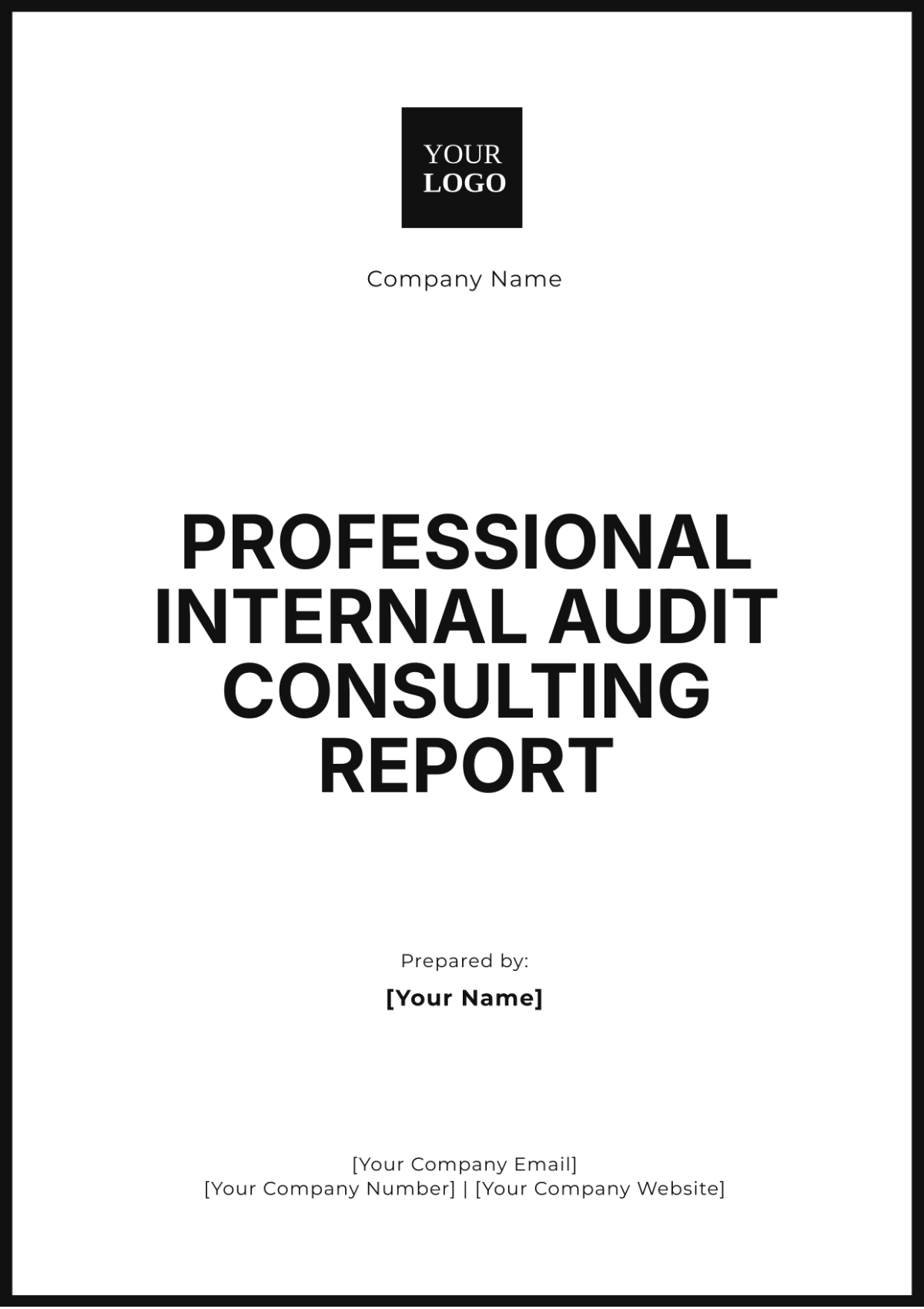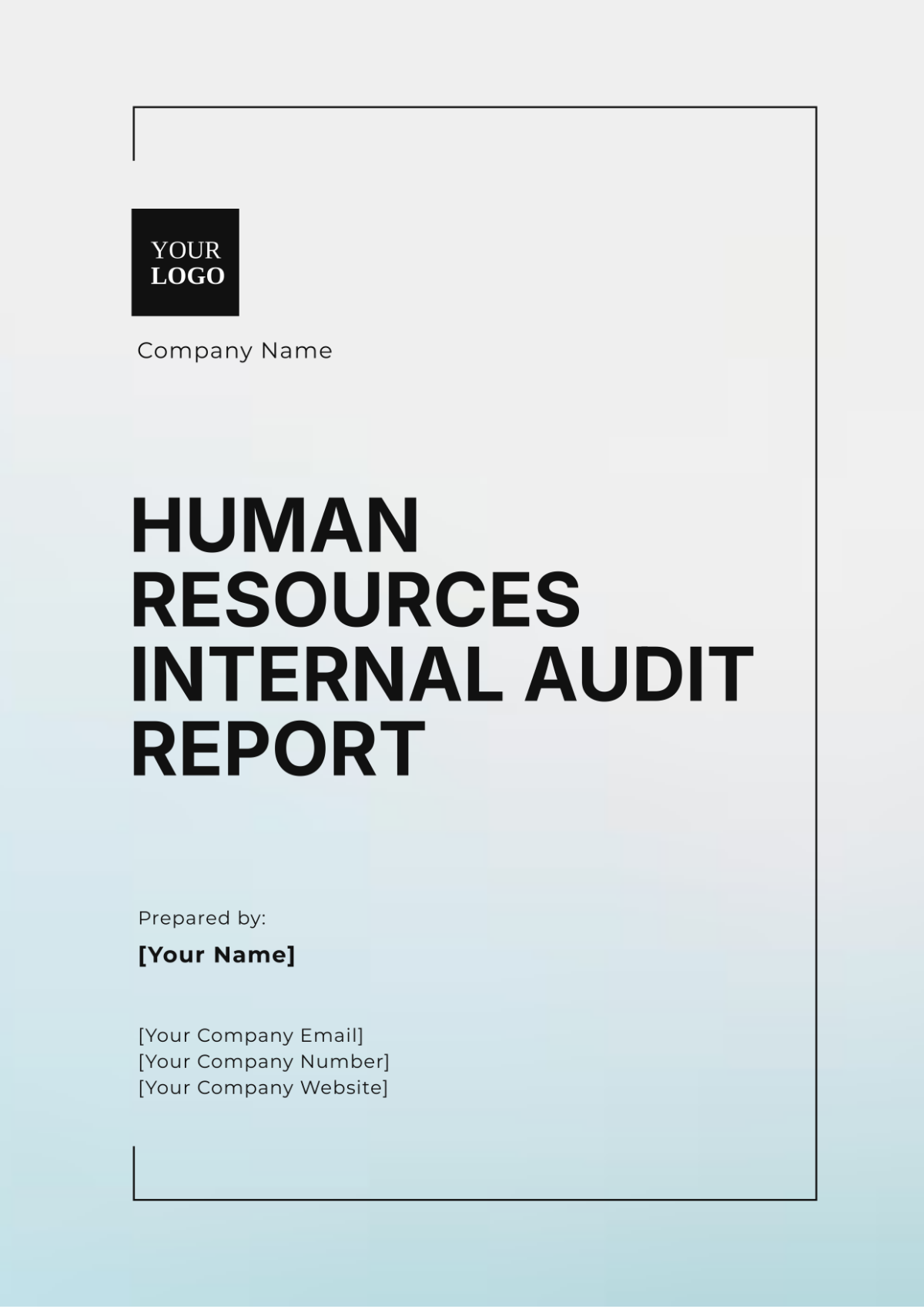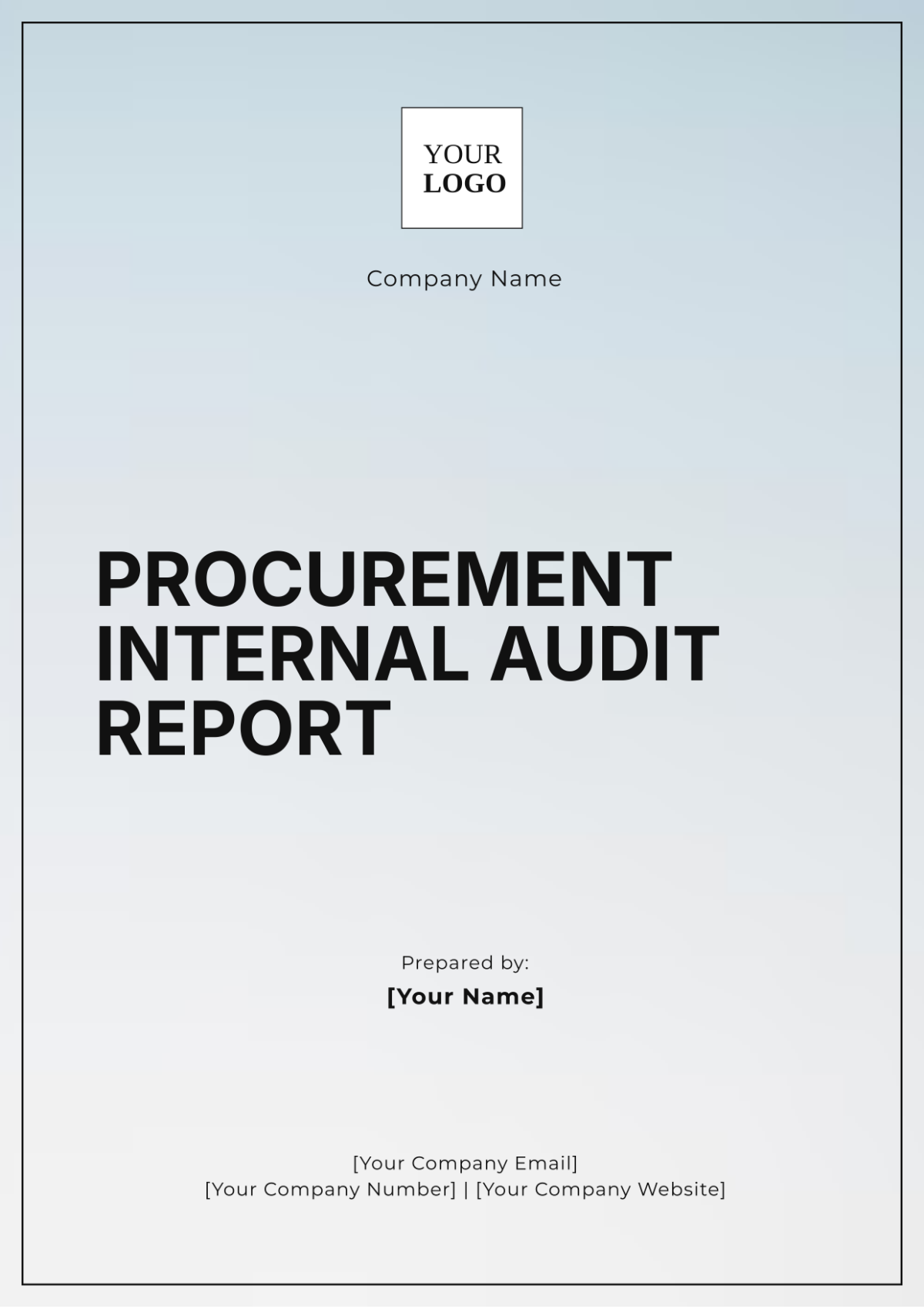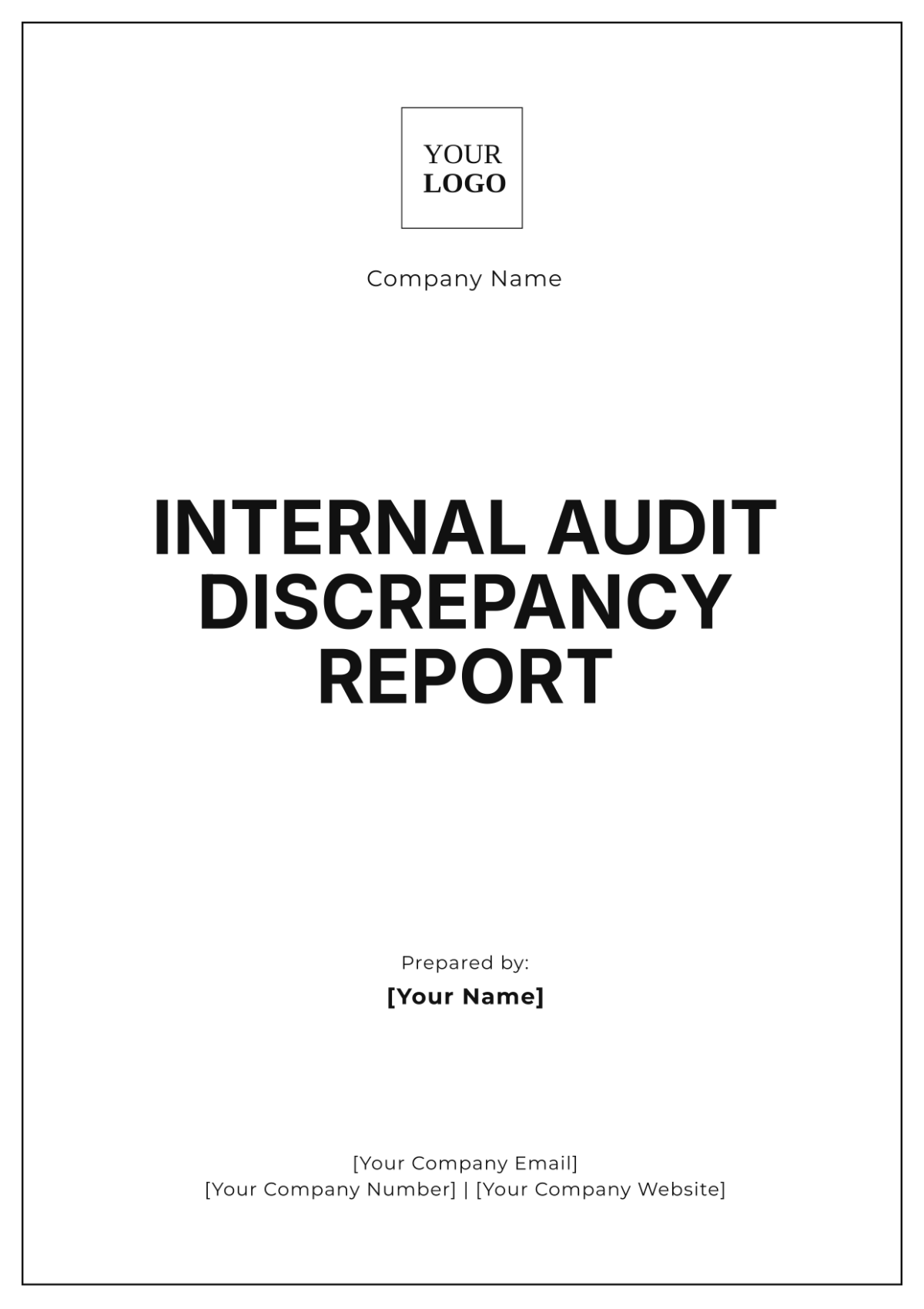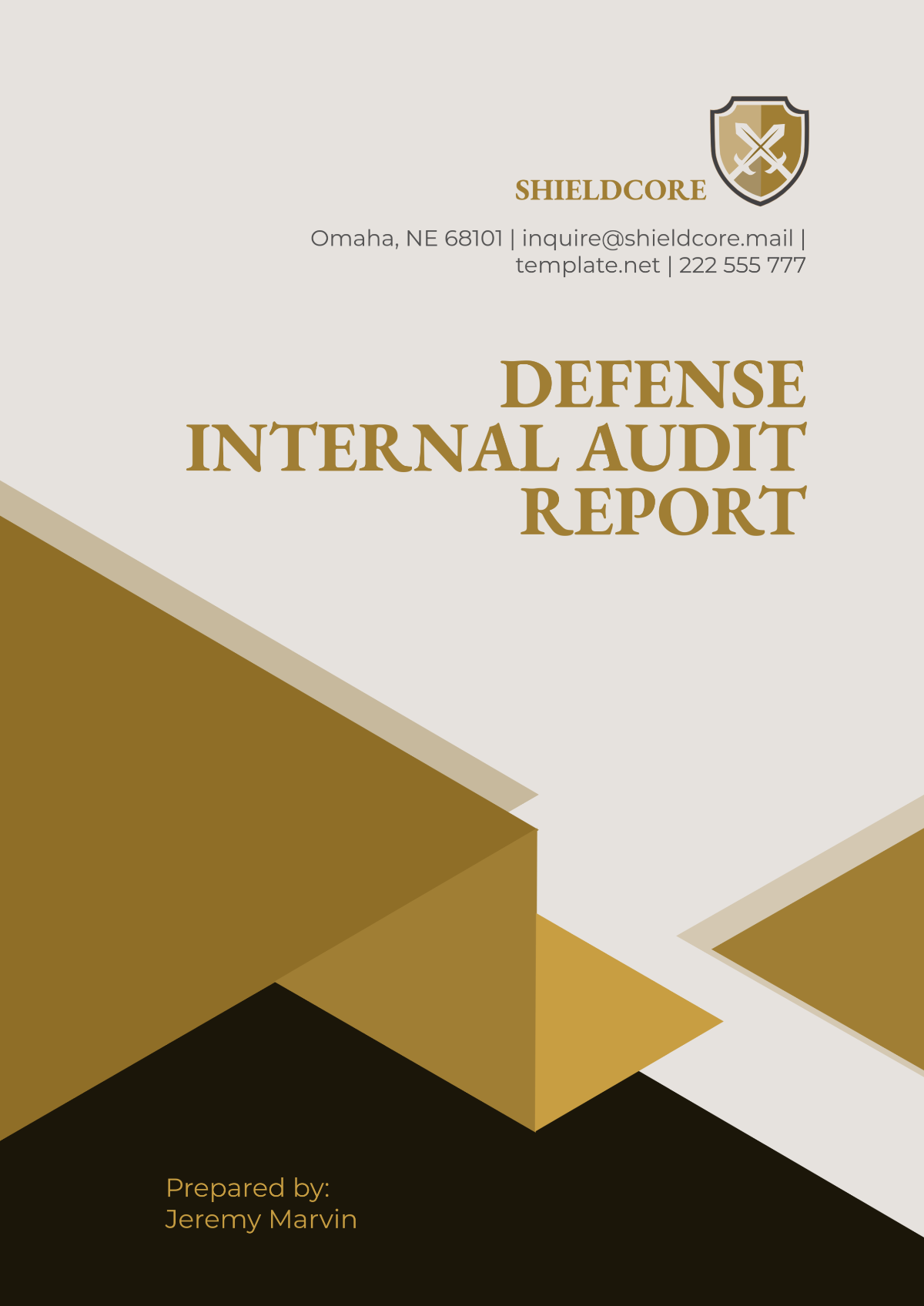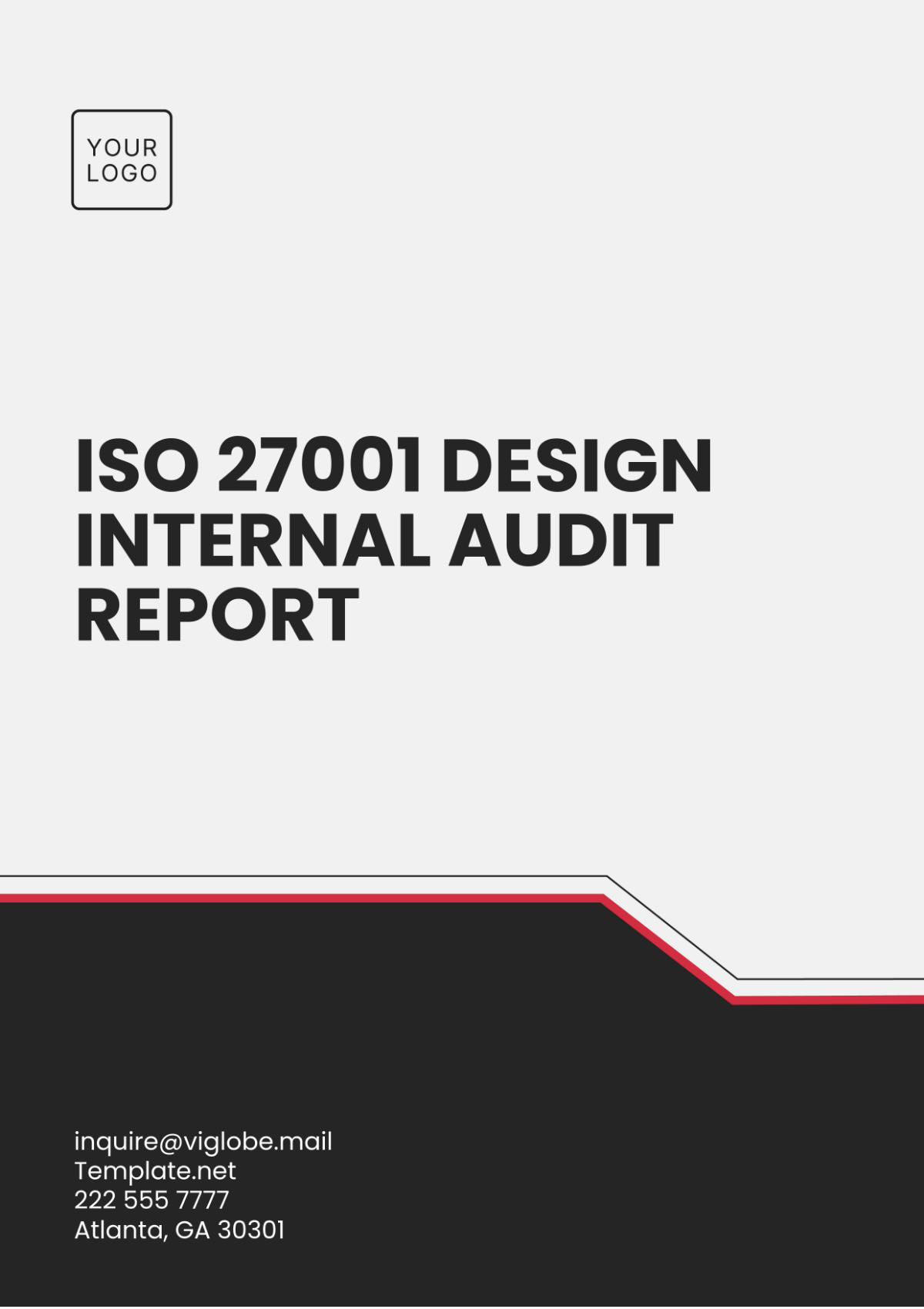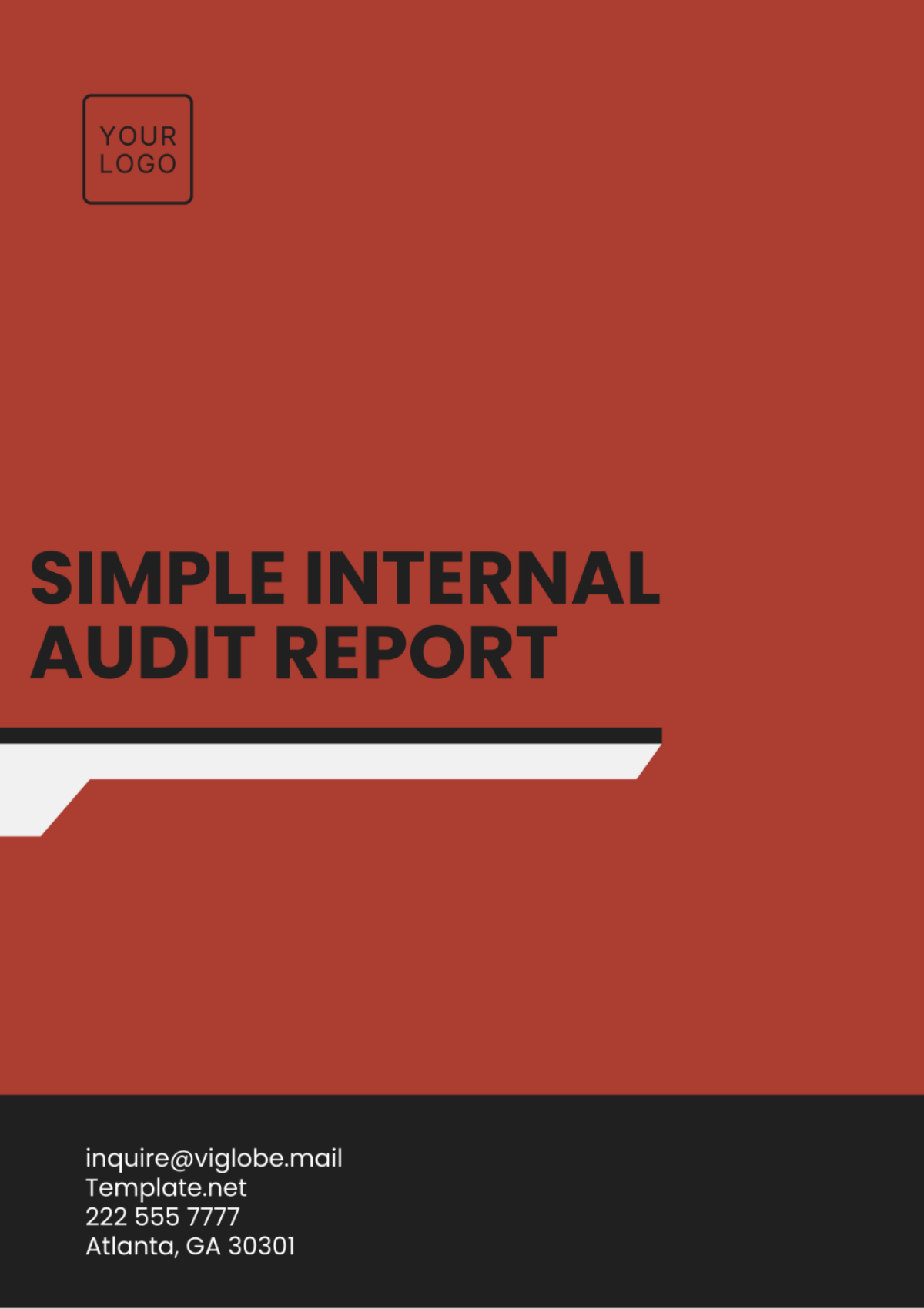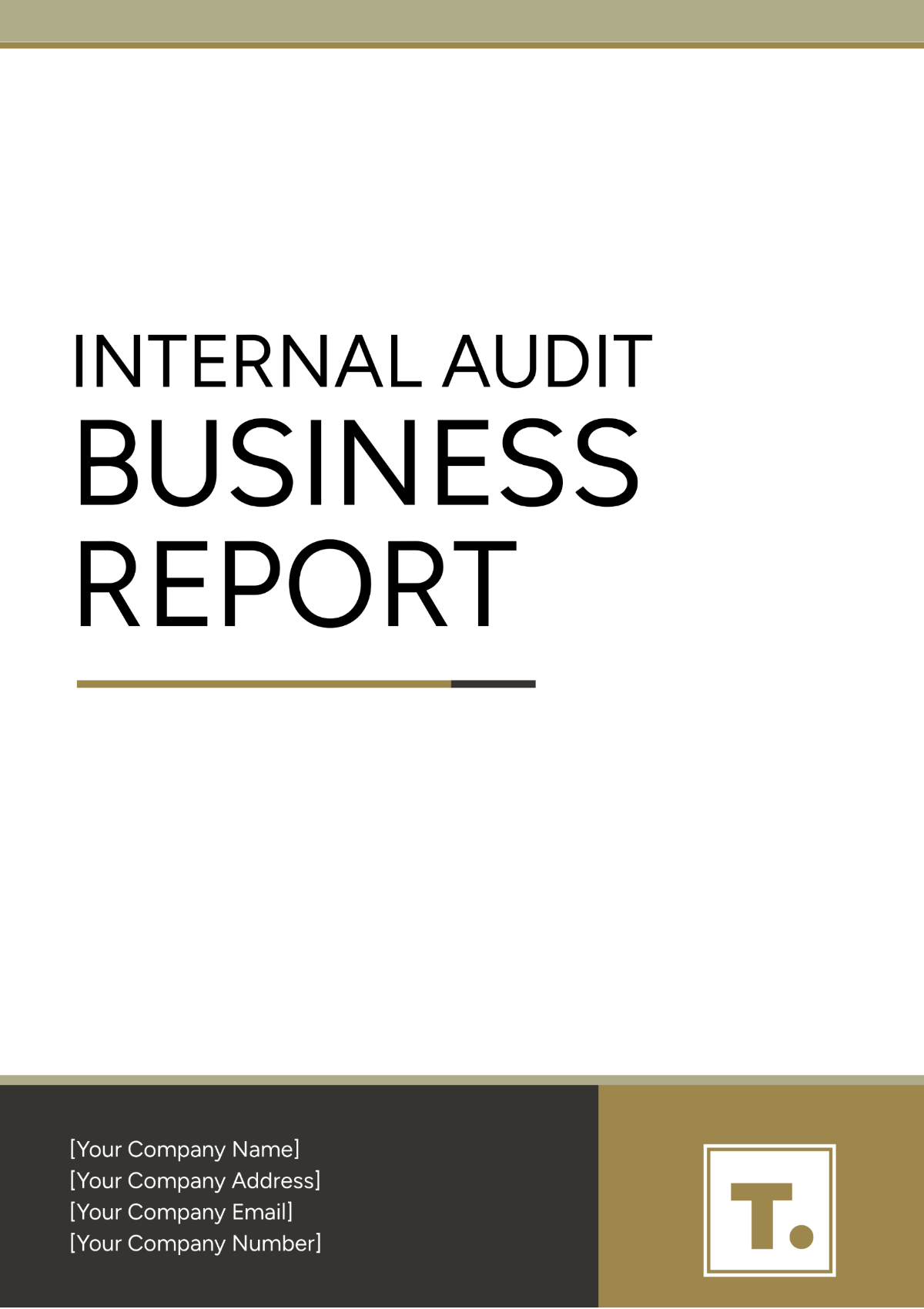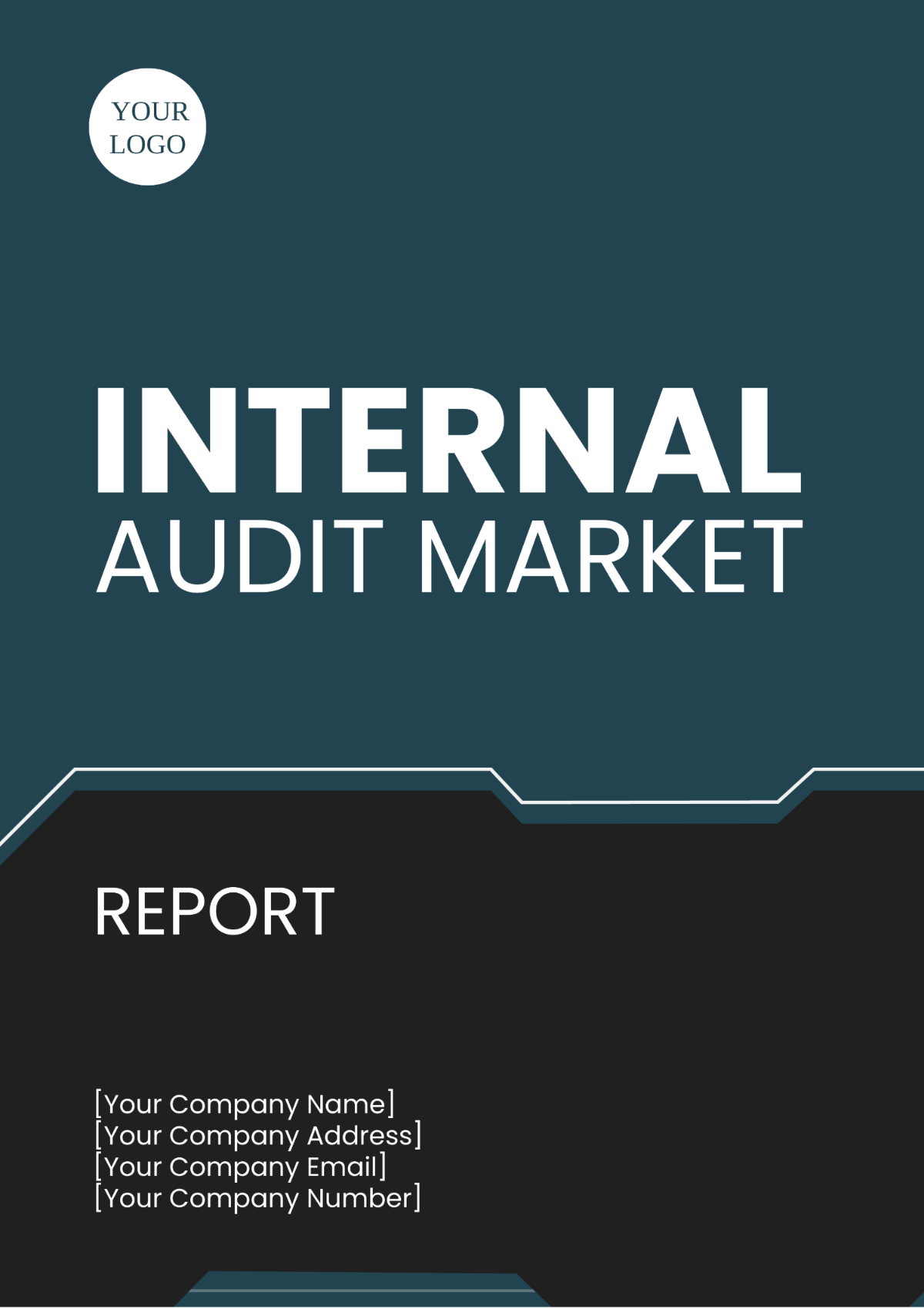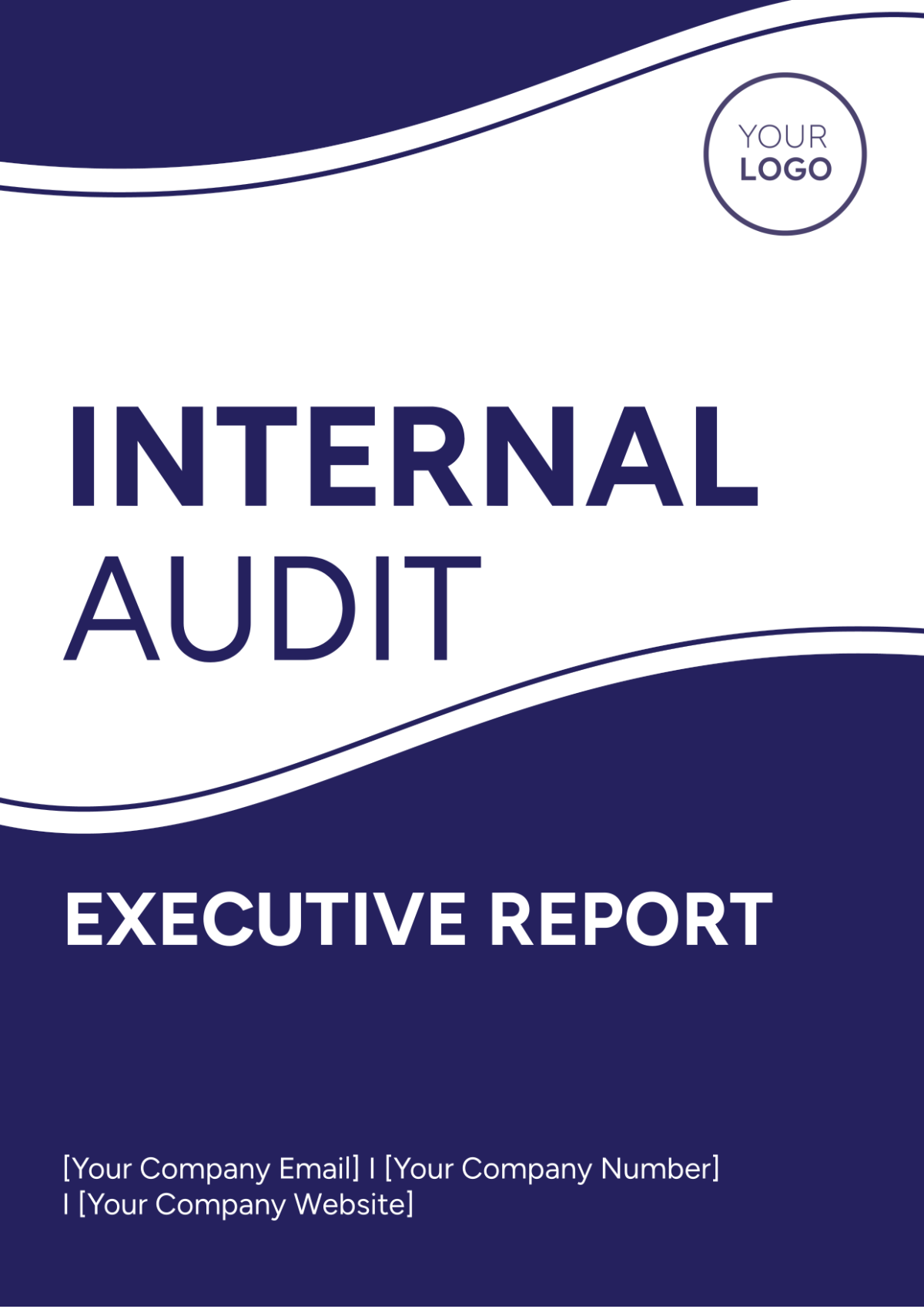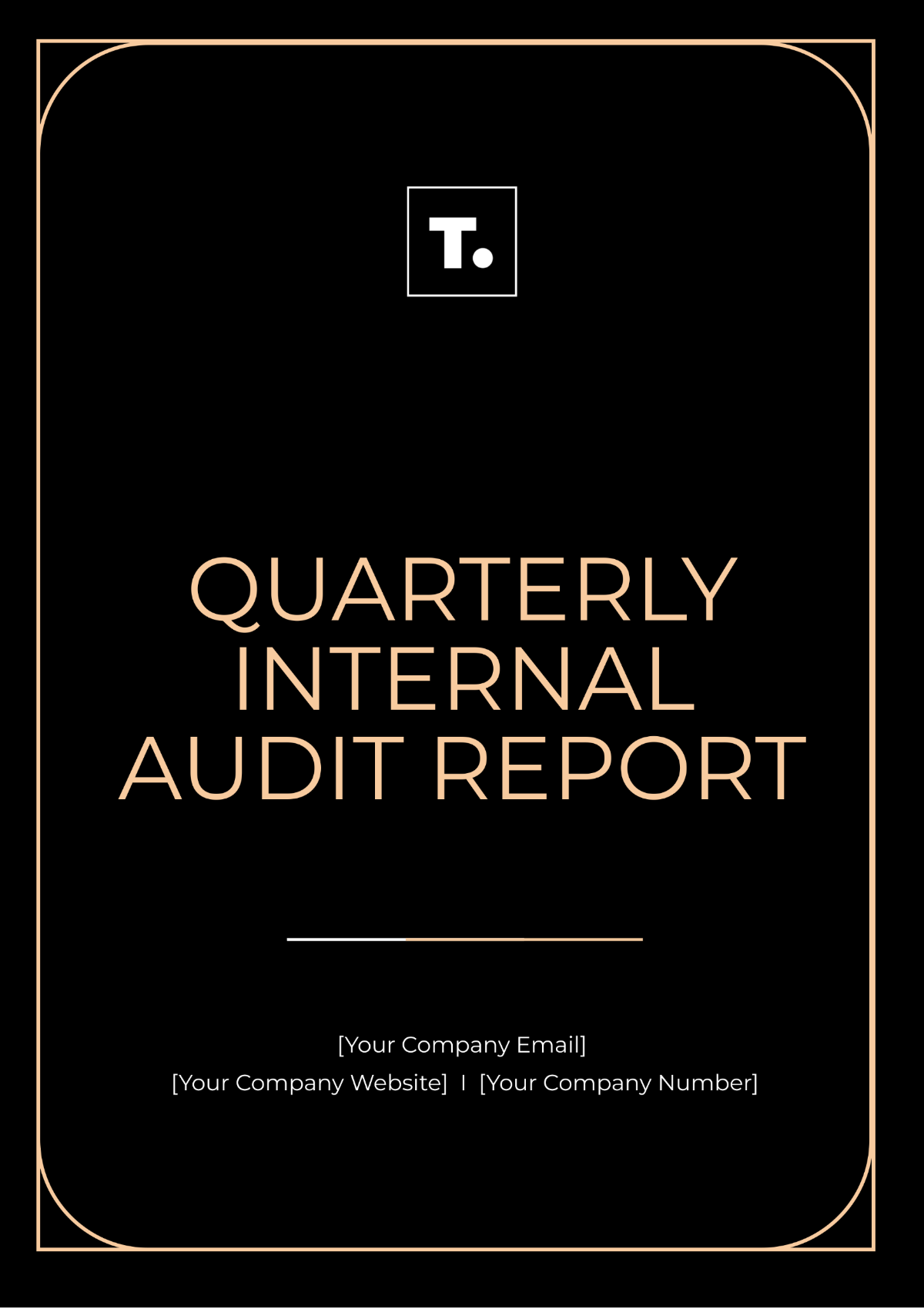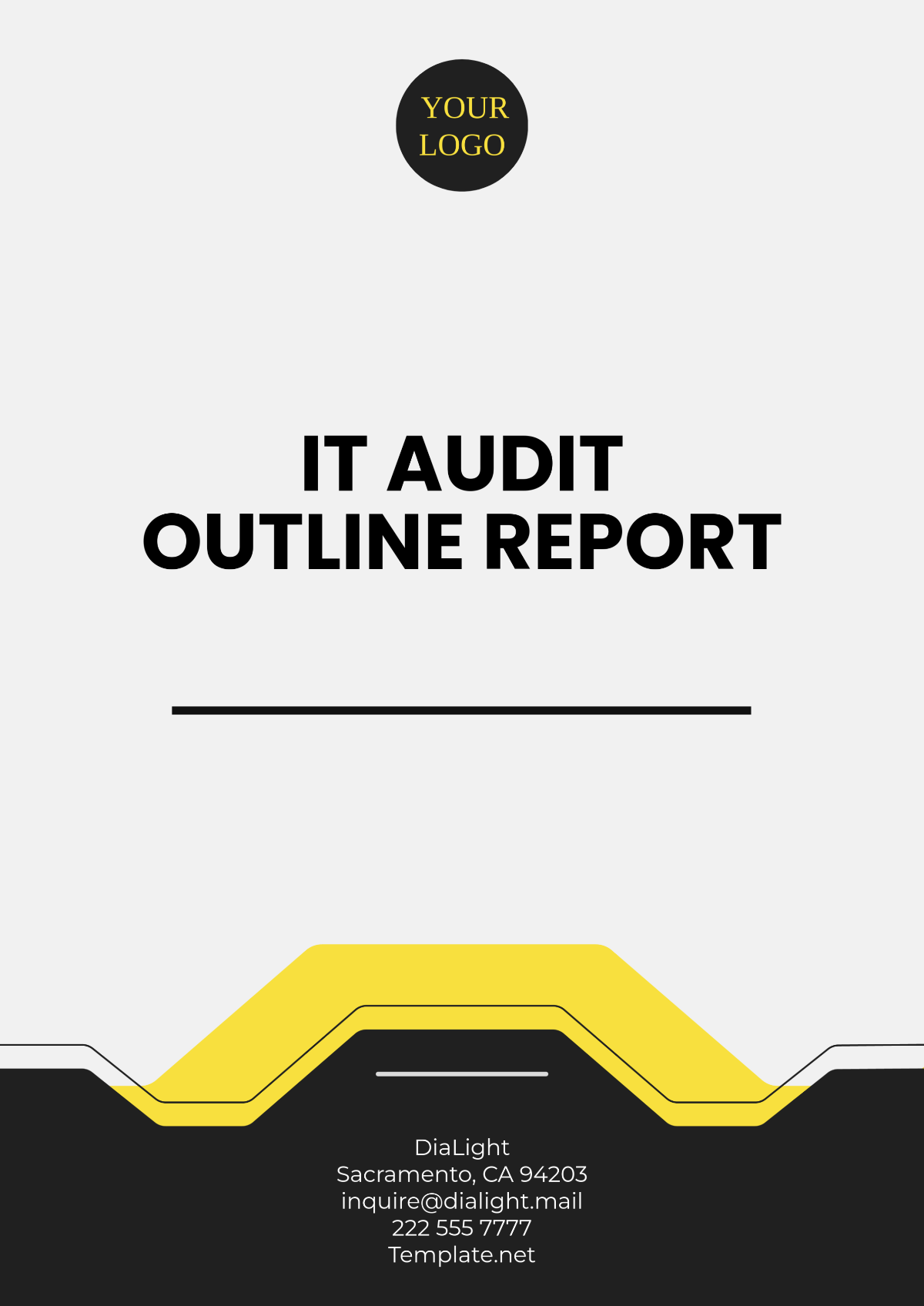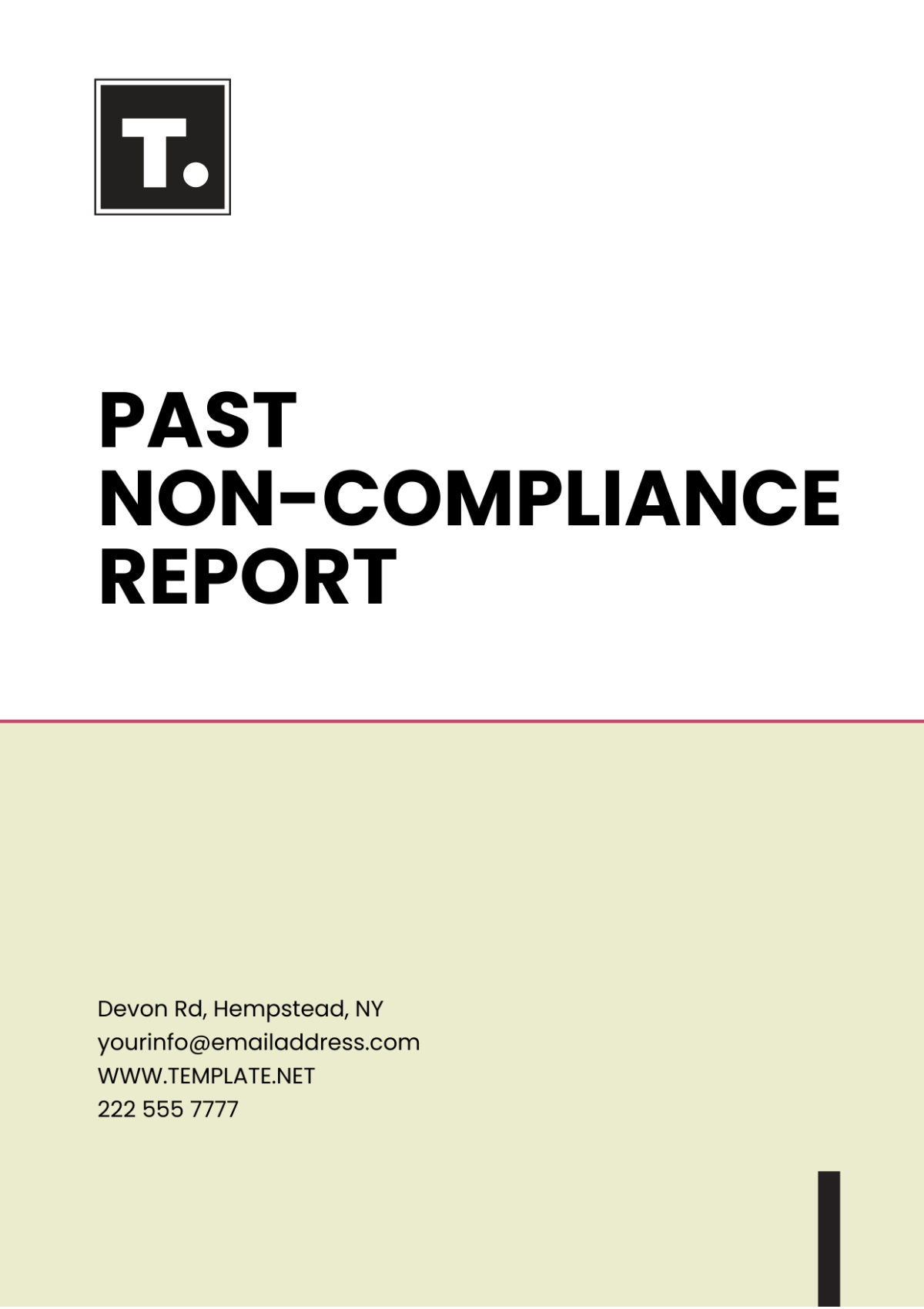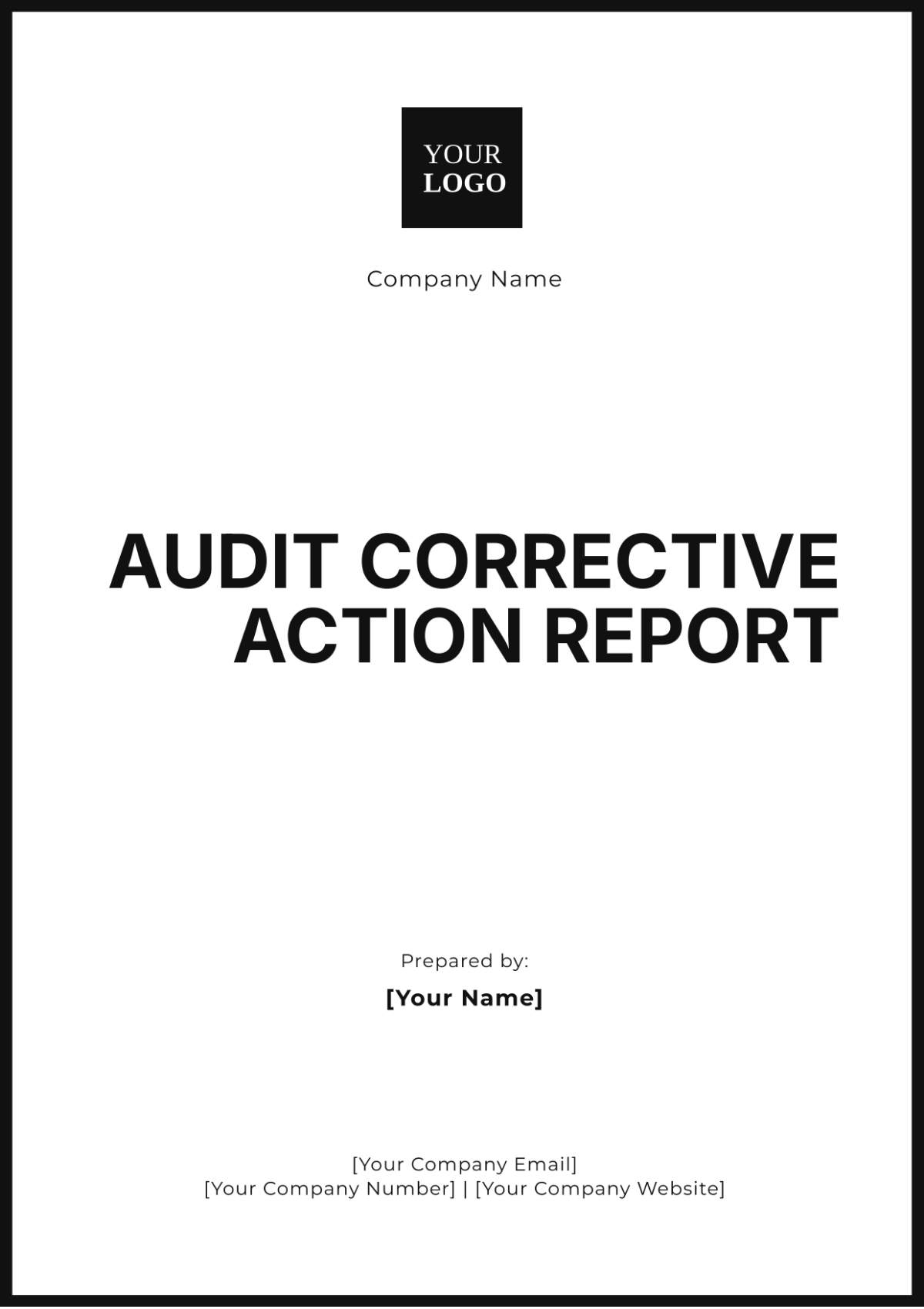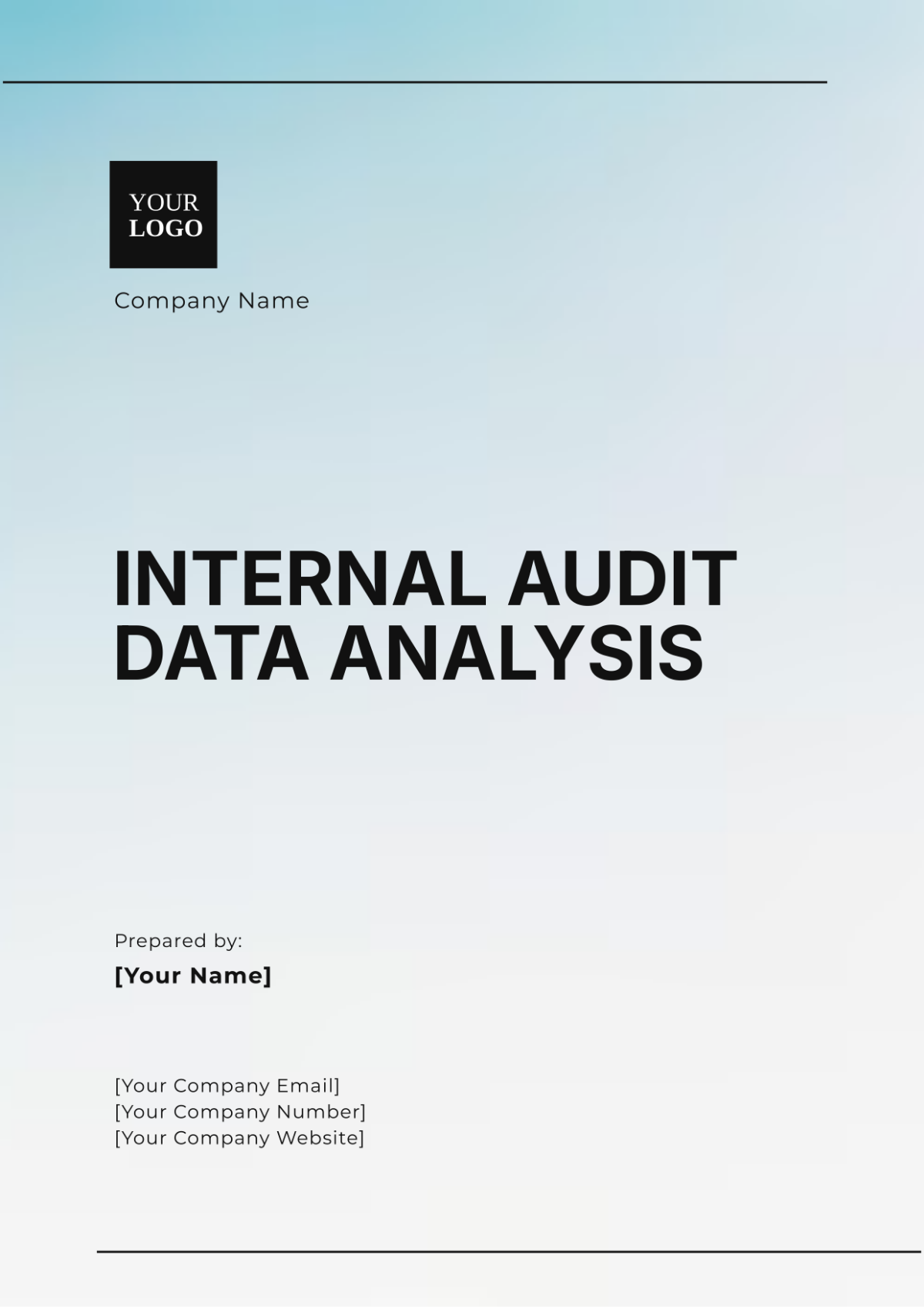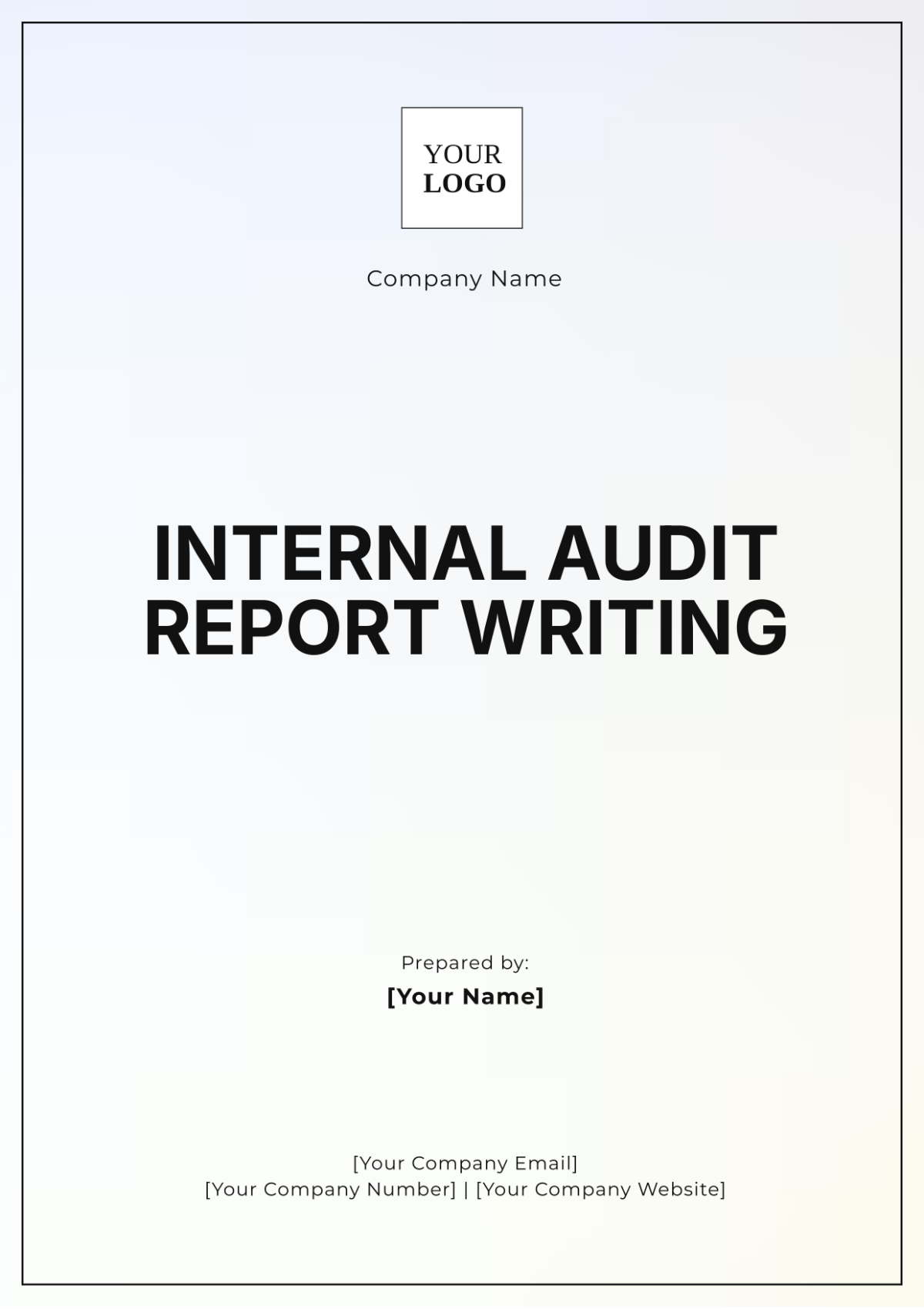Internal Audit Findings Report
Prepared by: [YOUR NAME]
Company: [YOUR COMPANY NAME]
Department: [YOUR DEPARTMENT]
Date: [DATE]
I. Introduction
The [YOUR COMPANY NAME] Internal Audit team is pleased to present the Internal Audit Findings Report for the period of [Audit Period]. This report serves as a comprehensive documentation of the findings resulting from the internal audit conducted during the specified period. The introduction section provides context for the report, outlining the objectives of the audit, the methodology used, and the importance of addressing the identified findings to enhance organizational effectiveness.
In this introduction, we emphasize the significance of internal audit findings in identifying areas of risk, control weaknesses, and opportunities for improvement within the organization. The findings presented in this report aim to provide management and stakeholders with valuable insights into the organization's control environment and the effectiveness of existing internal controls. By addressing the identified findings, [YOUR COMPANY NAME] can strengthen its risk management practices and optimize business operations.
II. Executive Summary
The executive summary provides a condensed overview of the key findings resulting from the internal audit conducted during the [Audit Period]. It highlights the most significant findings, their potential impact on the organization, and the recommended actions to address them. The executive summary serves as a valuable tool for management and stakeholders to quickly grasp the key issues identified and prioritize remediation efforts accordingly.
III. Audit Findings
A. Summary of Findings
1. Key Findings
The audit revealed several key findings that warrant attention from management. These findings provide insights into areas of potential risk and opportunities for improvement within the organization:
Finding 1: [Description of finding 1]
Finding 2: [Description of finding 2]
Finding 3: [Description of finding 3]
2. Severity Assessment
Following the identification of key findings, a severity assessment was conducted to prioritize remediation efforts. The severity assessment categorized findings based on their potential impact on the organization:
High Severity Findings: [Number of findings]
Medium Severity Findings: [Number of findings]
Low Severity Findings: [Number of findings]
B. Root Cause Analysis
An analysis of root causes identified underlying factors contributing to the findings. The root cause analysis revealed several factors that contributed to the identified issues, including [Root Cause 1], [Root Cause 2], and [Root Cause 3].
IV. Recommendations
A. Actionable Recommendations
1. Immediate Action Items
Immediate action items are recommendations that require urgent attention to address high-priority issues and mitigate risks:
[Recommendation 1]: [Description of recommendation]
[Recommendation 2]: [Description of recommendation]
[Recommendation 3]: [Description of recommendation]
2. Long-Term Solutions
Long-term solutions are recommendations aimed at implementing sustainable measures to address underlying issues and improve organizational resilience:
[Recommendation 1]: [Description of recommendation]
[Recommendation 2]: [Description of recommendation]
[Recommendation 3]: [Description of recommendation]
V. Conclusion
In conclusion, the Internal Audit Findings Report provides a comprehensive overview of the findings resulting from the internal audit conducted during the [Audit Period]. The findings presented in this report highlight areas of potential risk, control weaknesses, and opportunities for improvement within [YOUR COMPANY NAME]. By addressing the identified findings and implementing the recommended actions, management can enhance the organization's risk management practices, strengthen internal controls, and optimize business operations.
The findings and recommendations outlined in this report underscore the importance of proactive risk management and continuous improvement in achieving organizational objectives. The Internal Audit team remains committed to supporting [YOUR COMPANY NAME] in its efforts to enhance governance, mitigate risks, and achieve sustainable growth. Through collaboration and proactive remediation efforts, [YOUR COMPANY NAME] can navigate challenges effectively and capitalize on opportunities for success.
